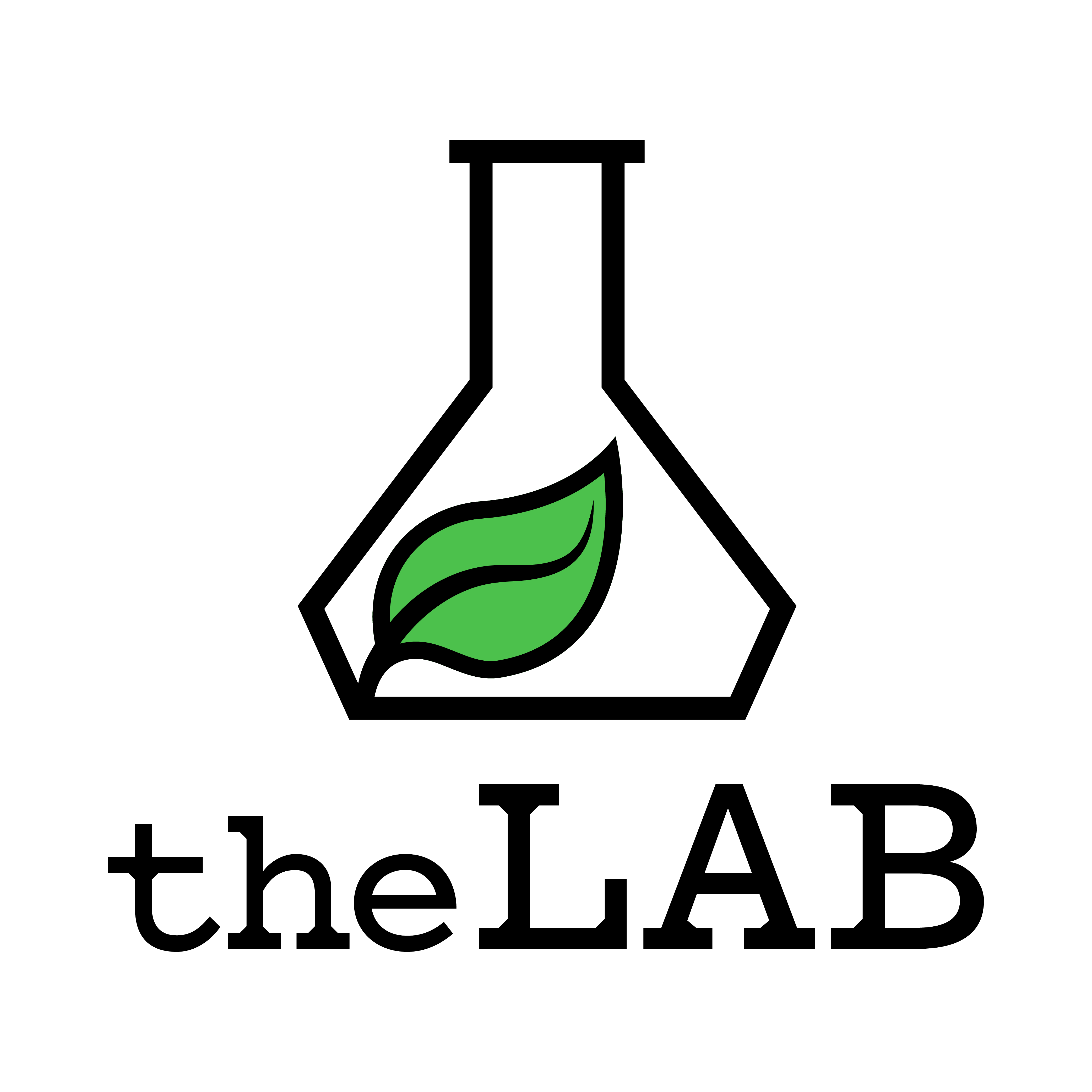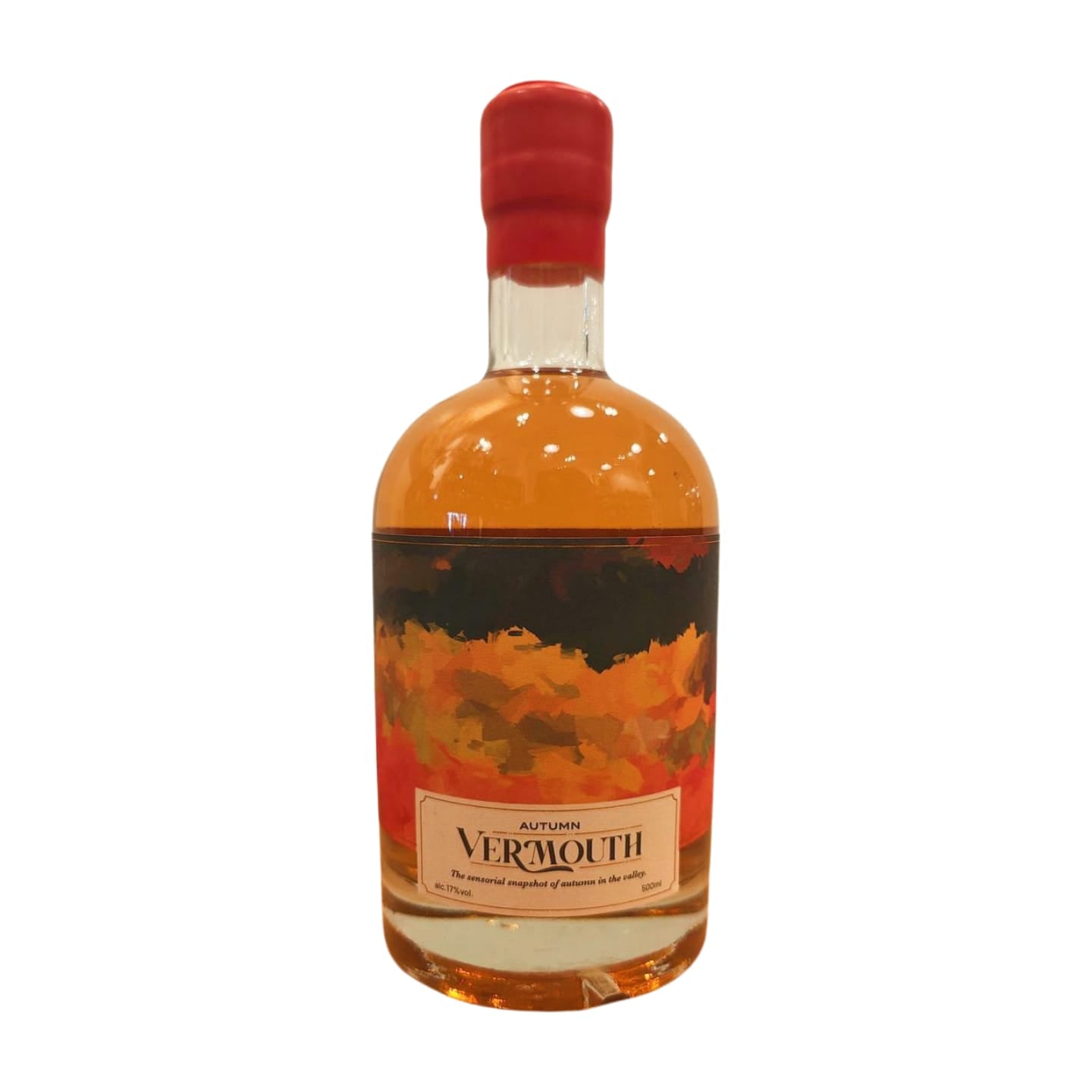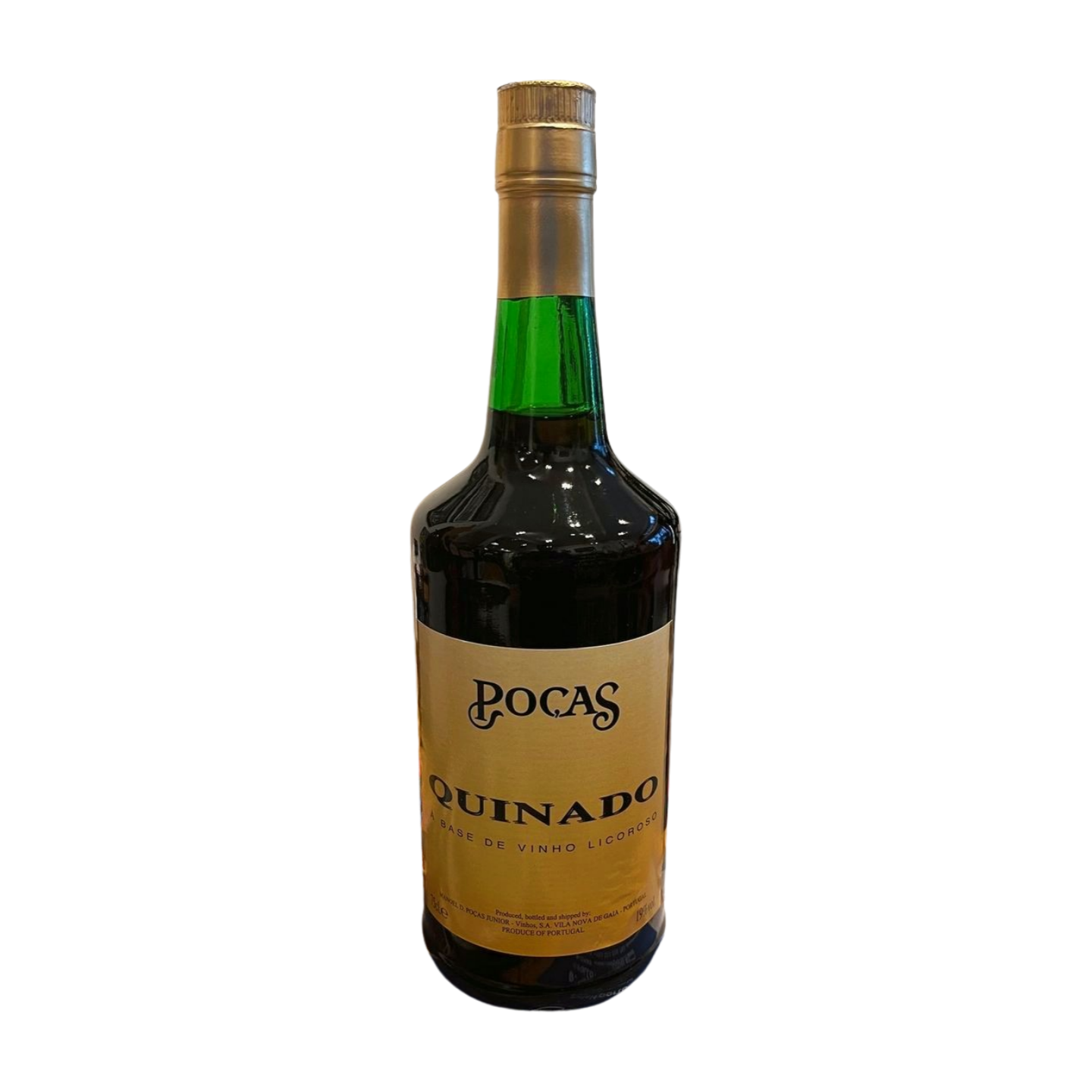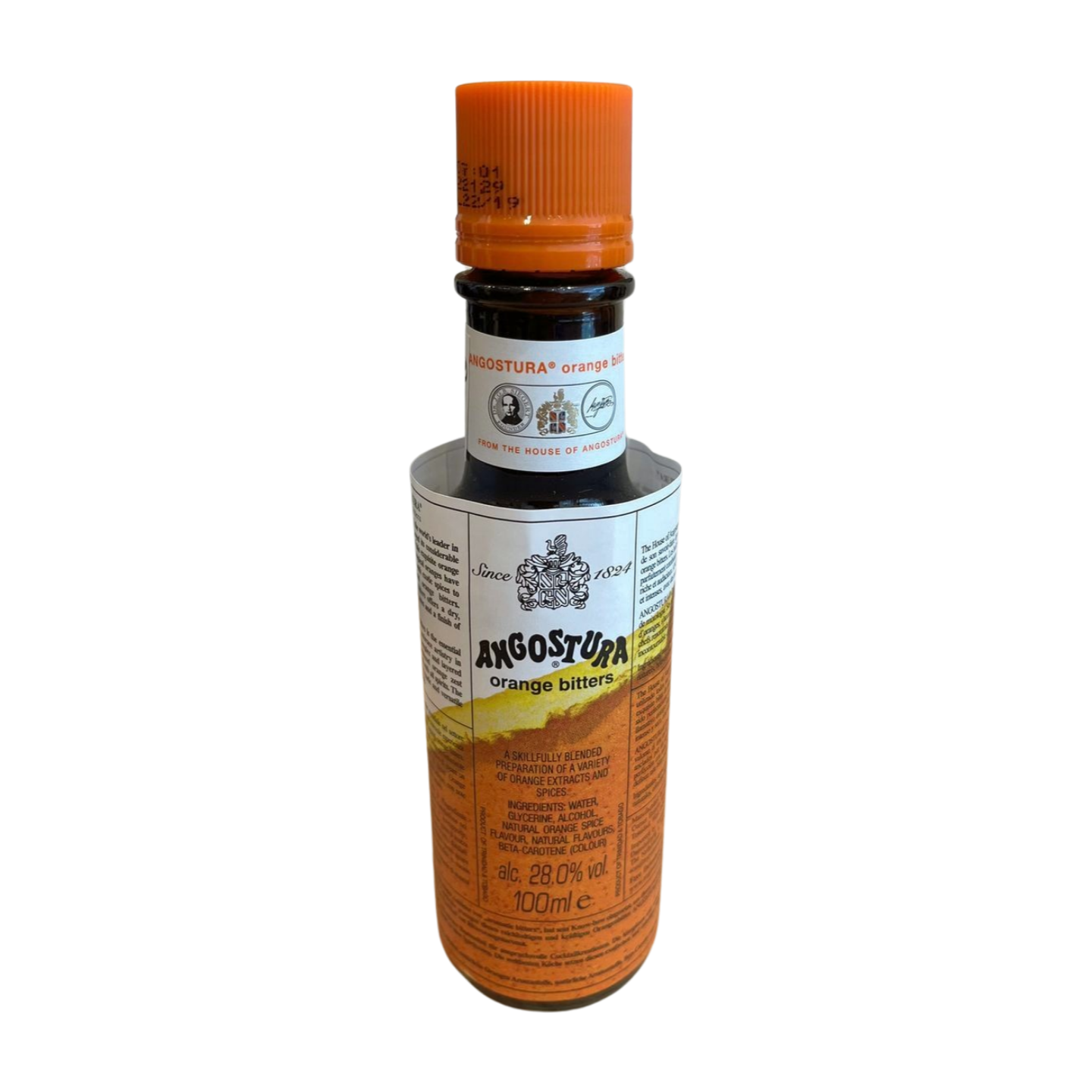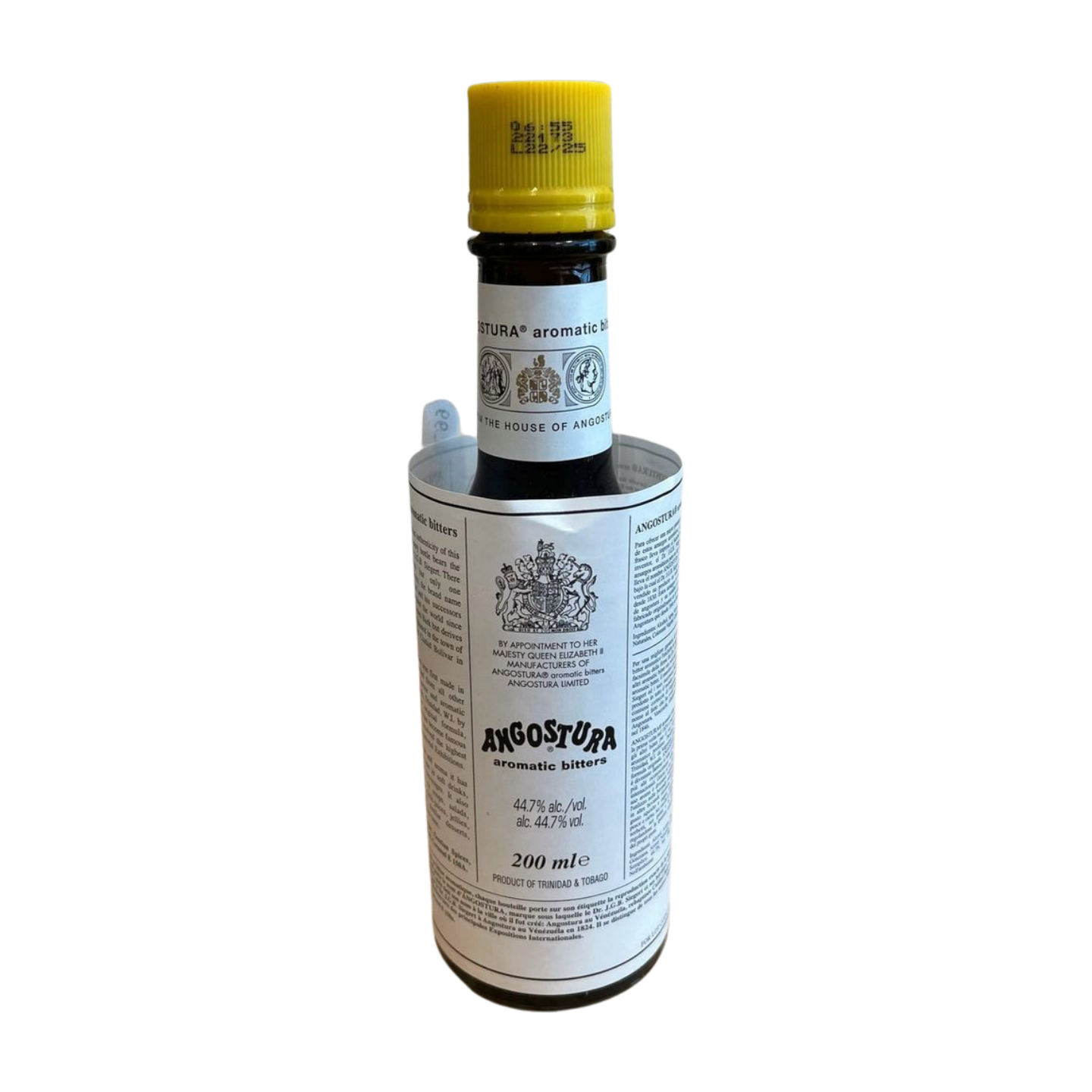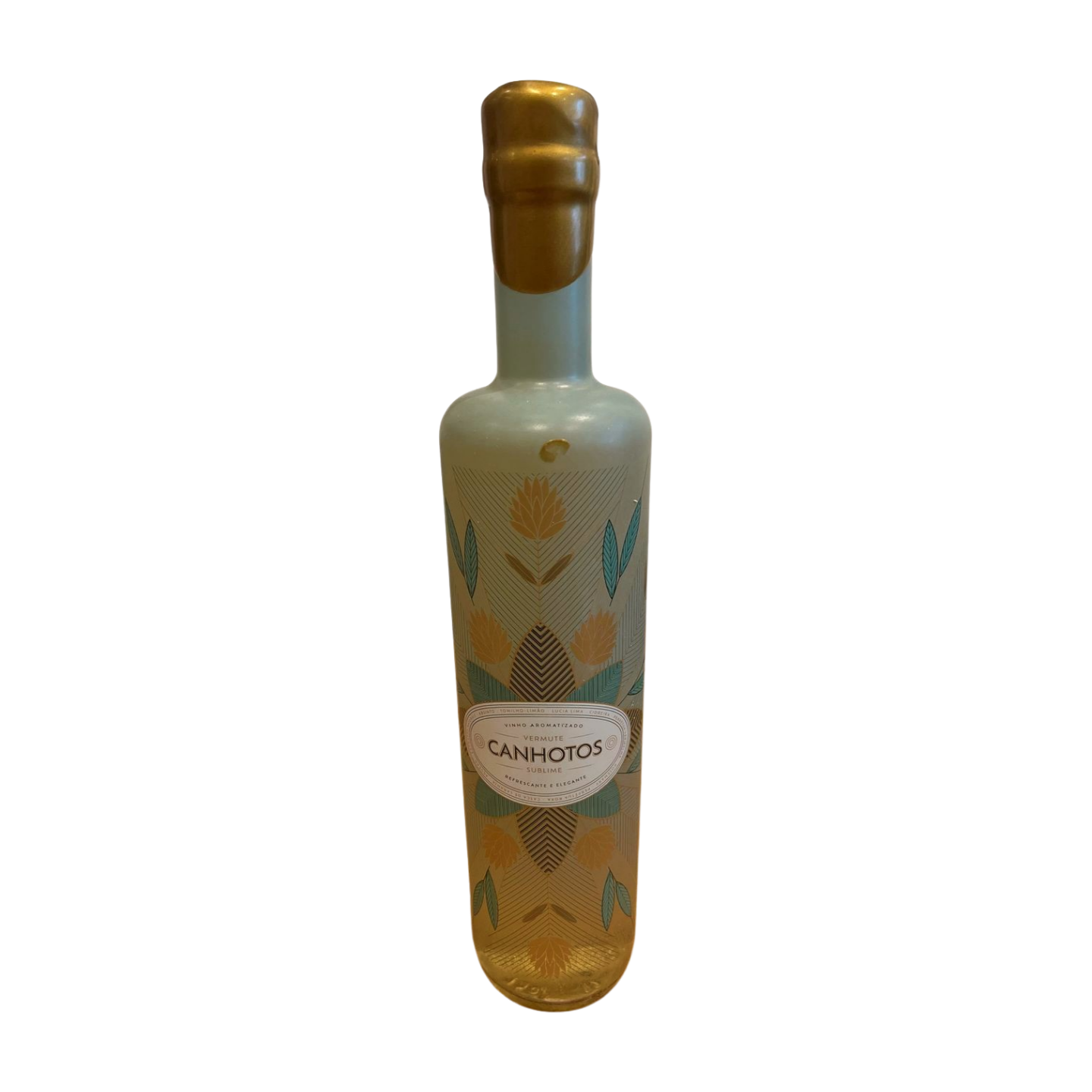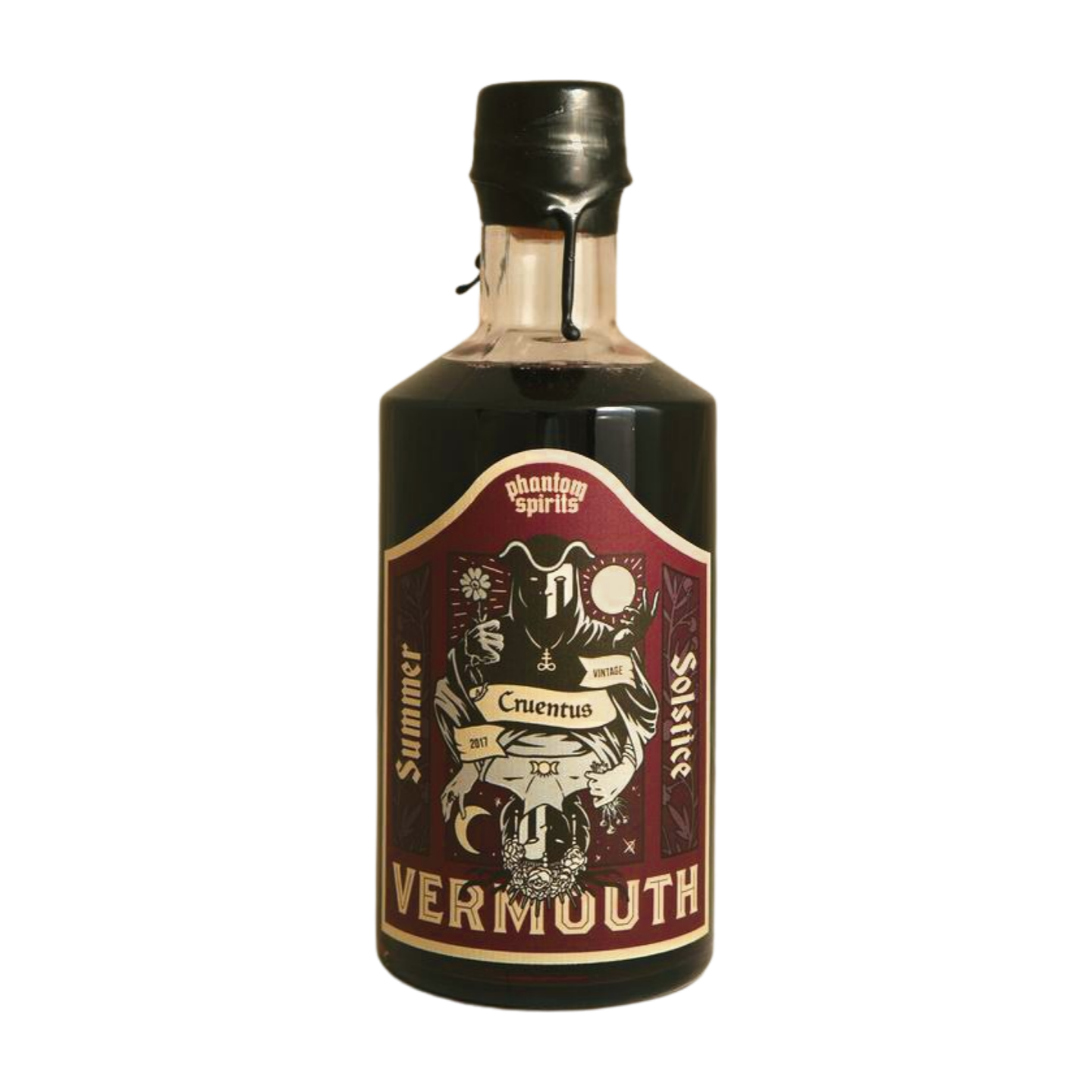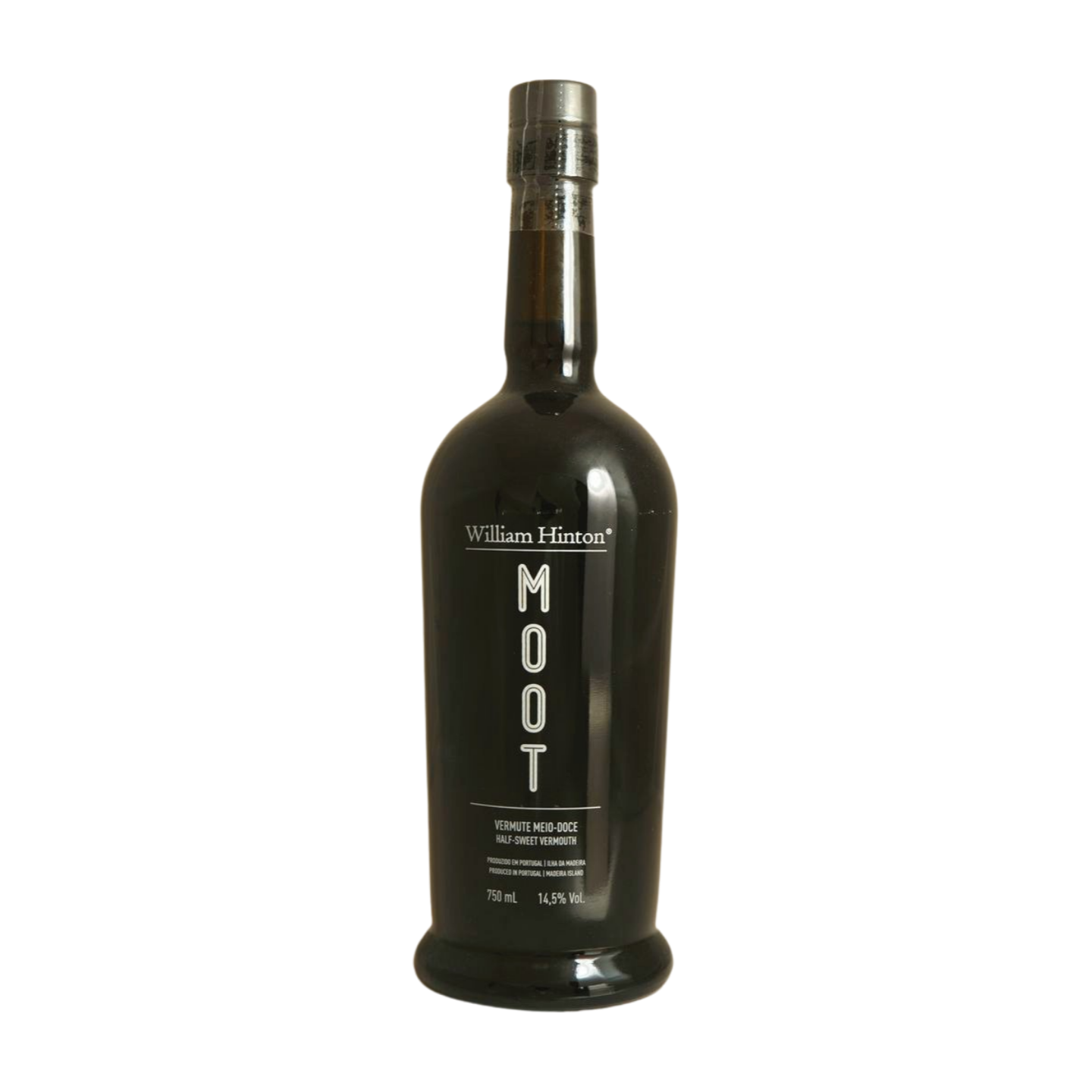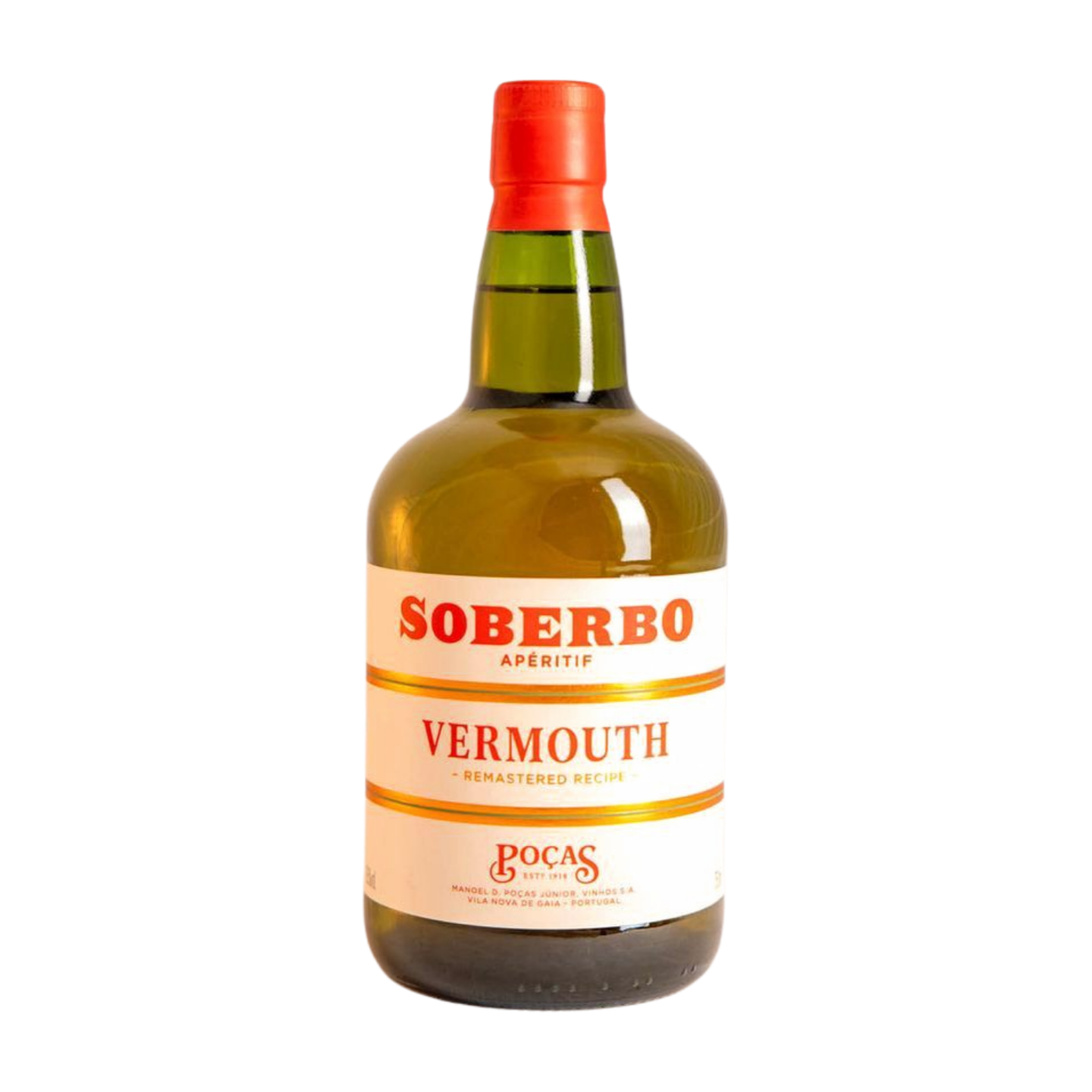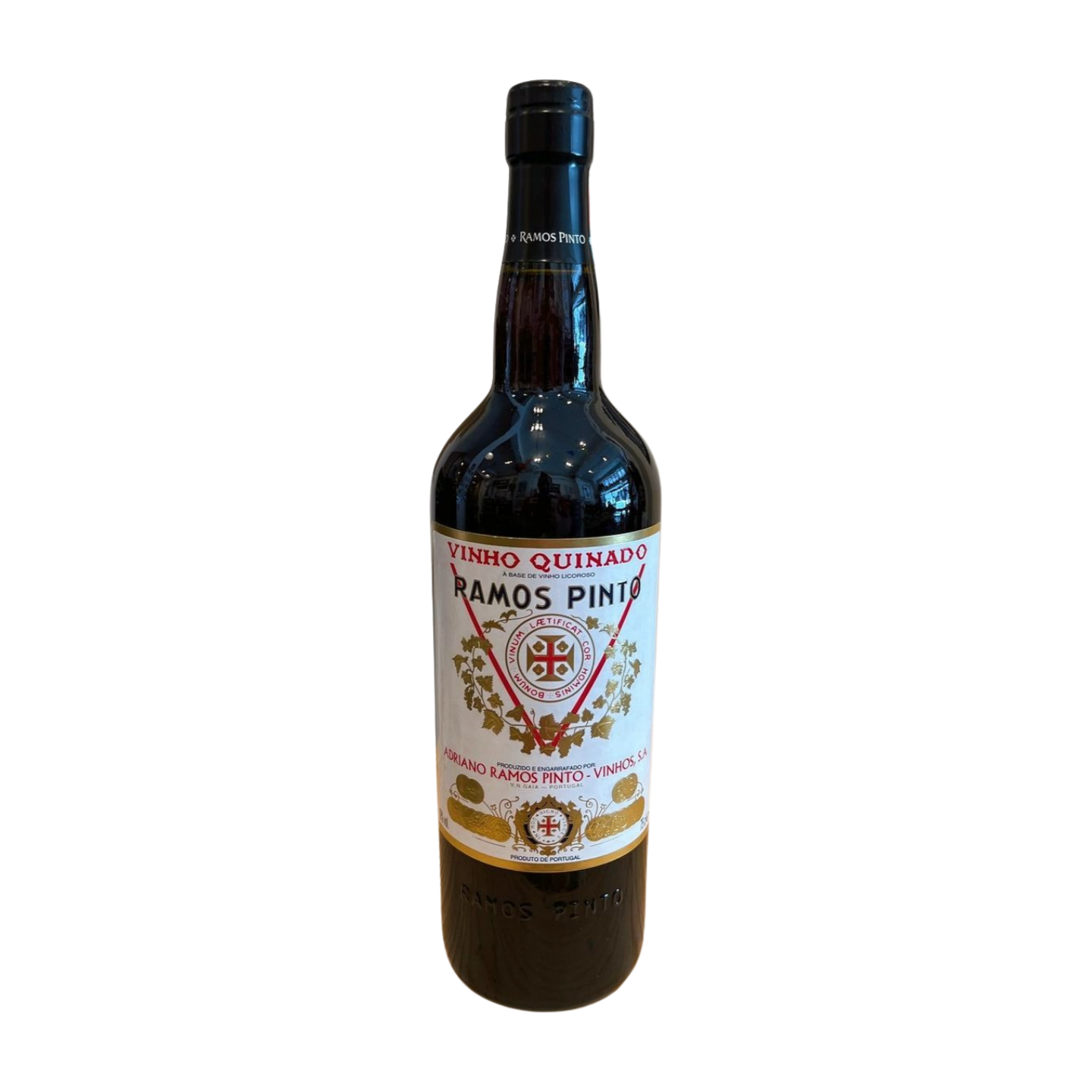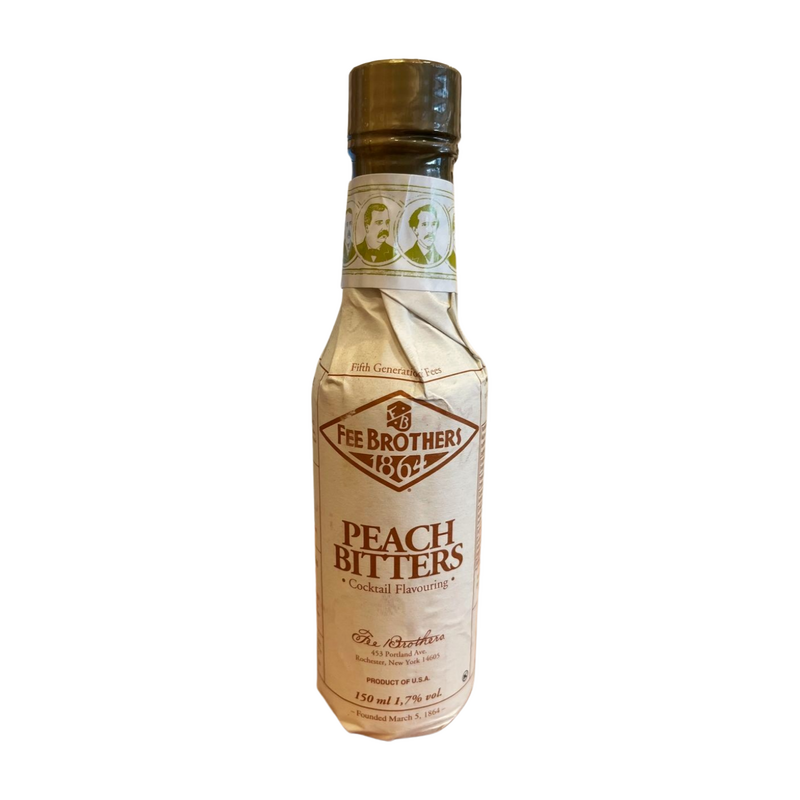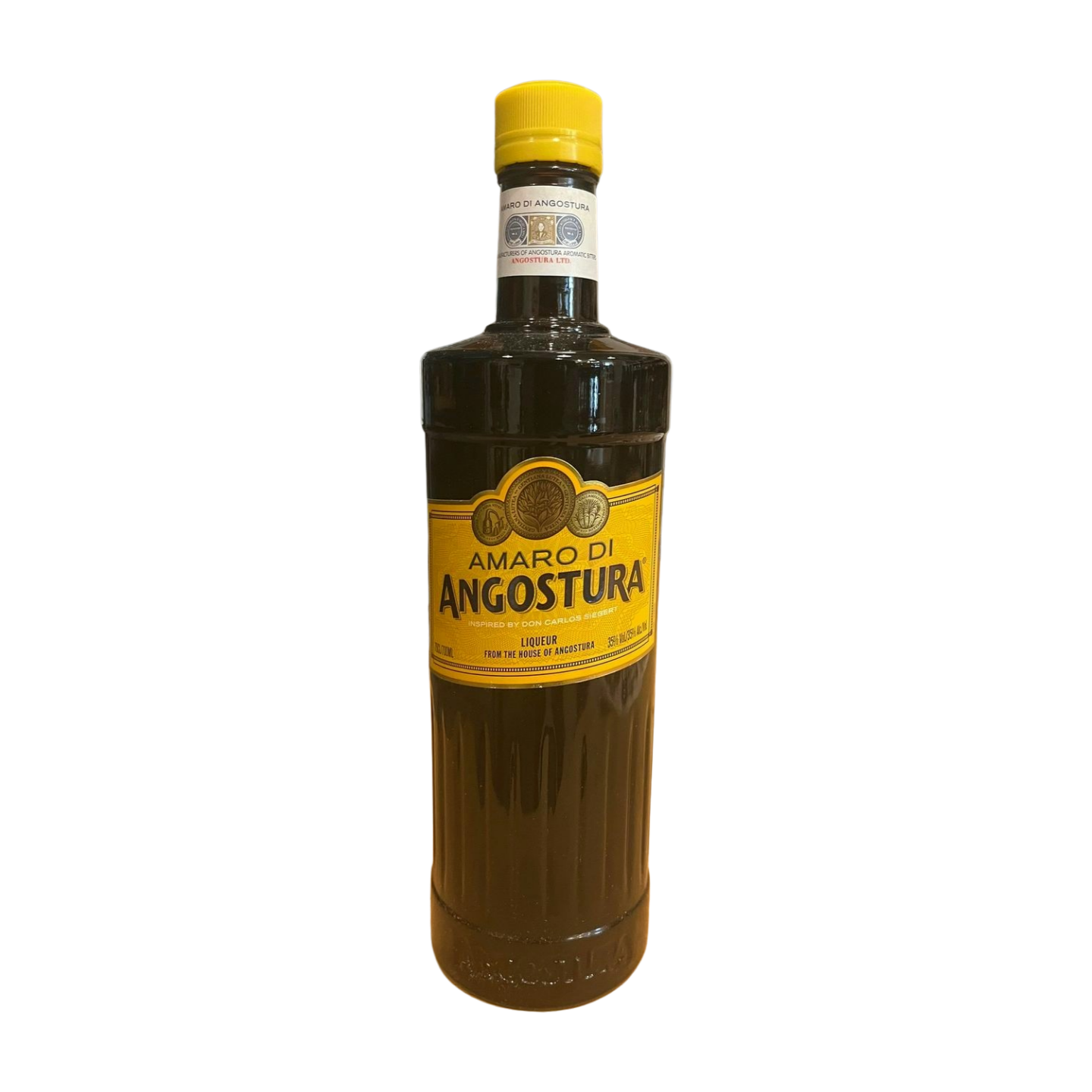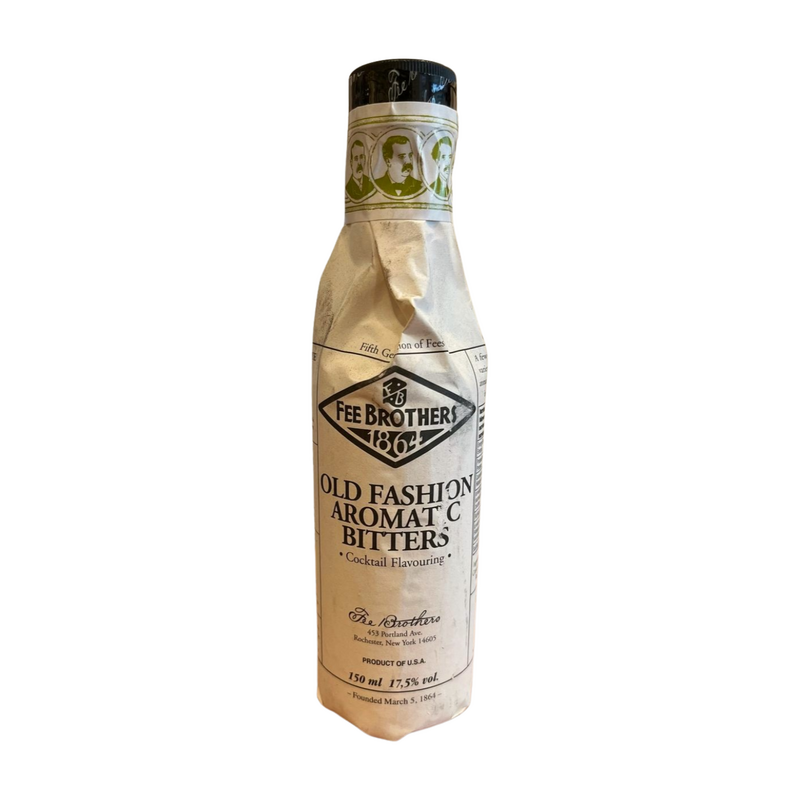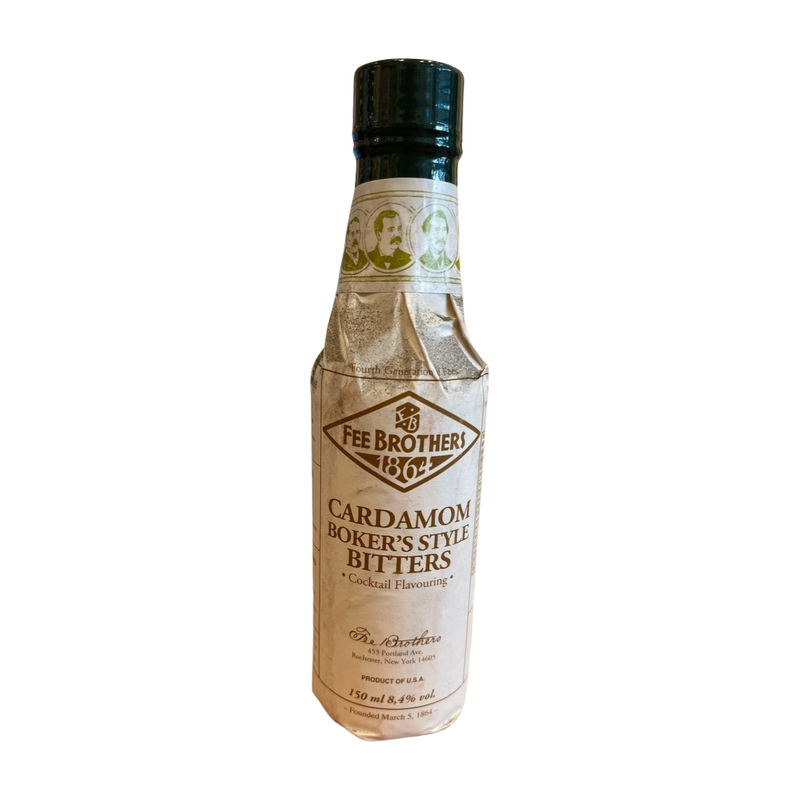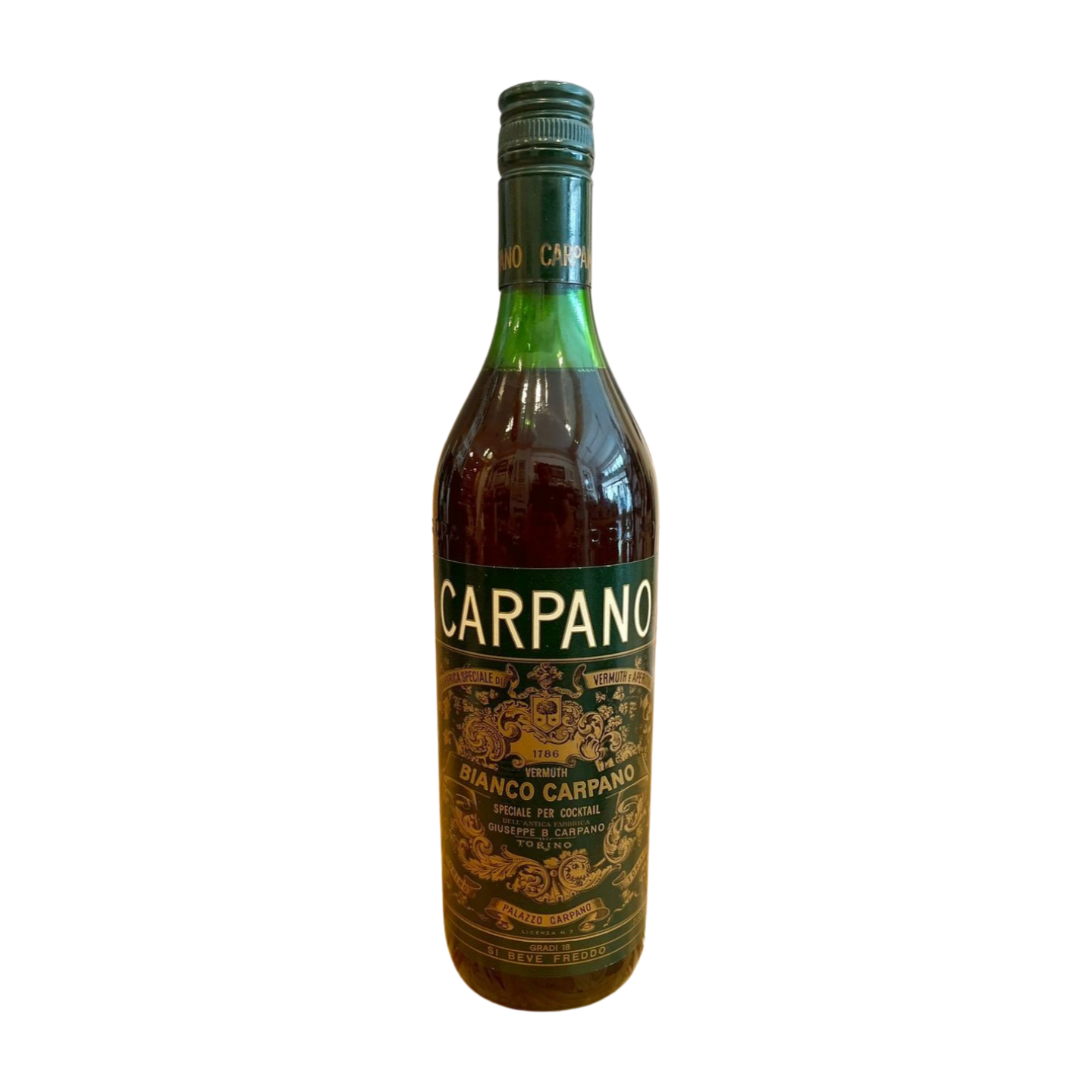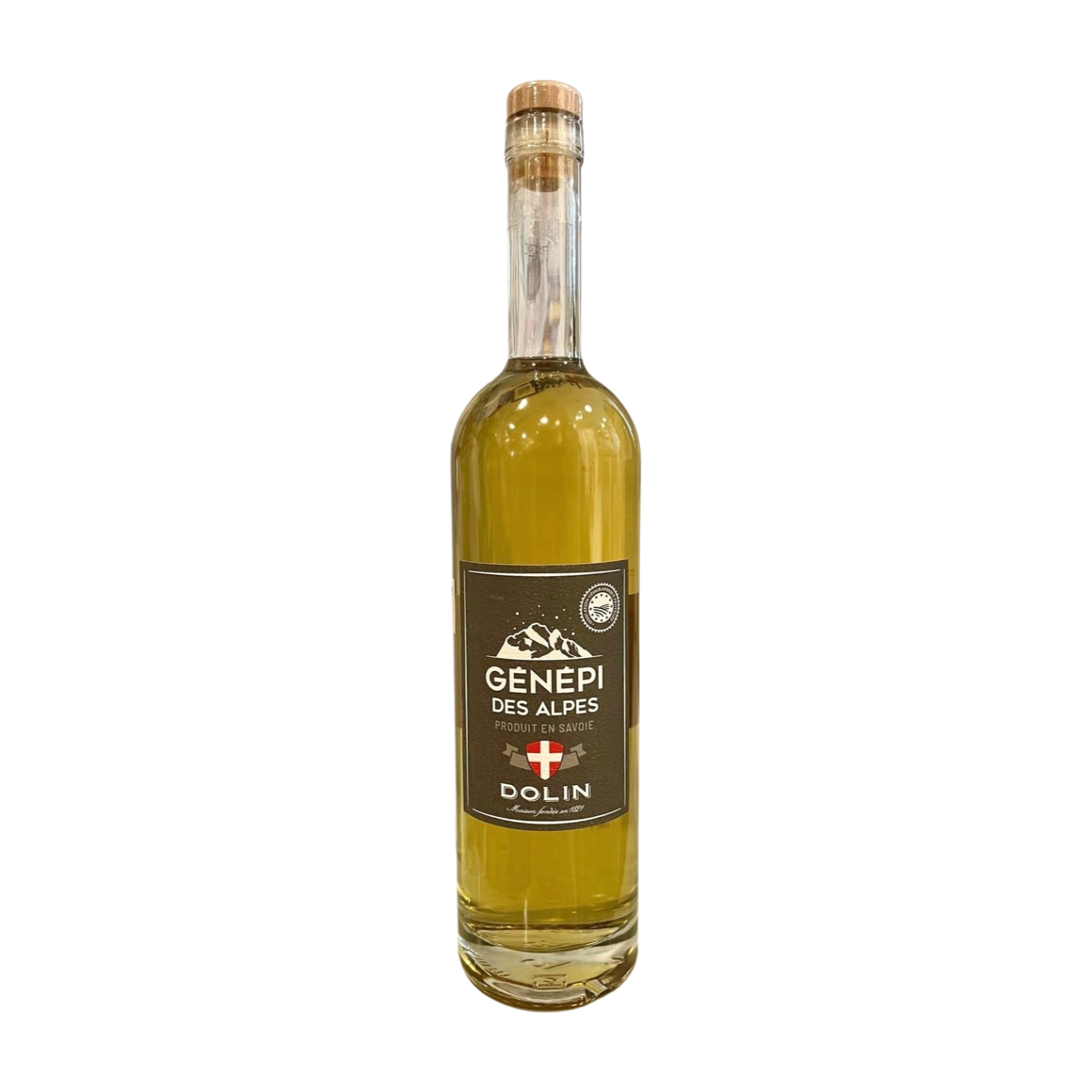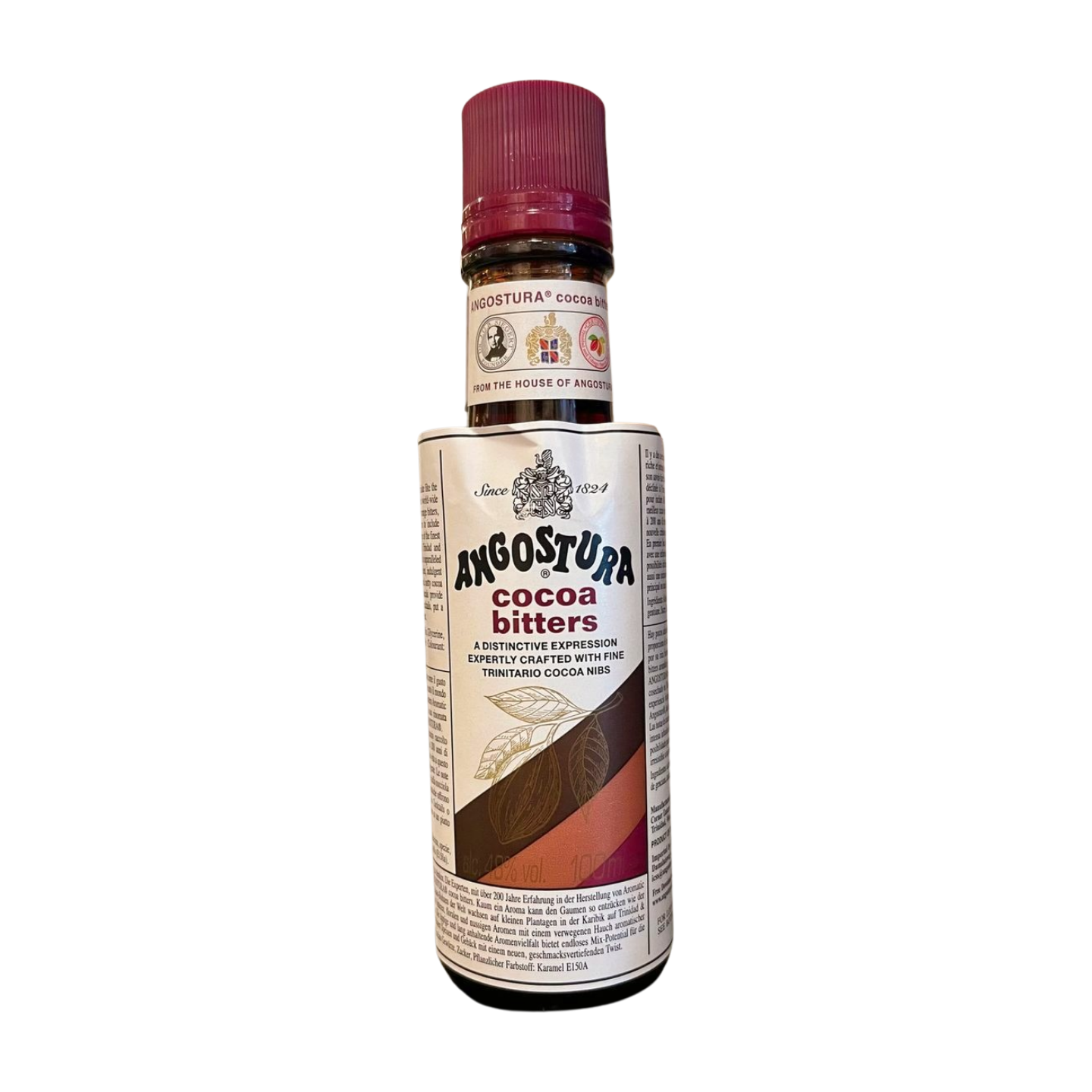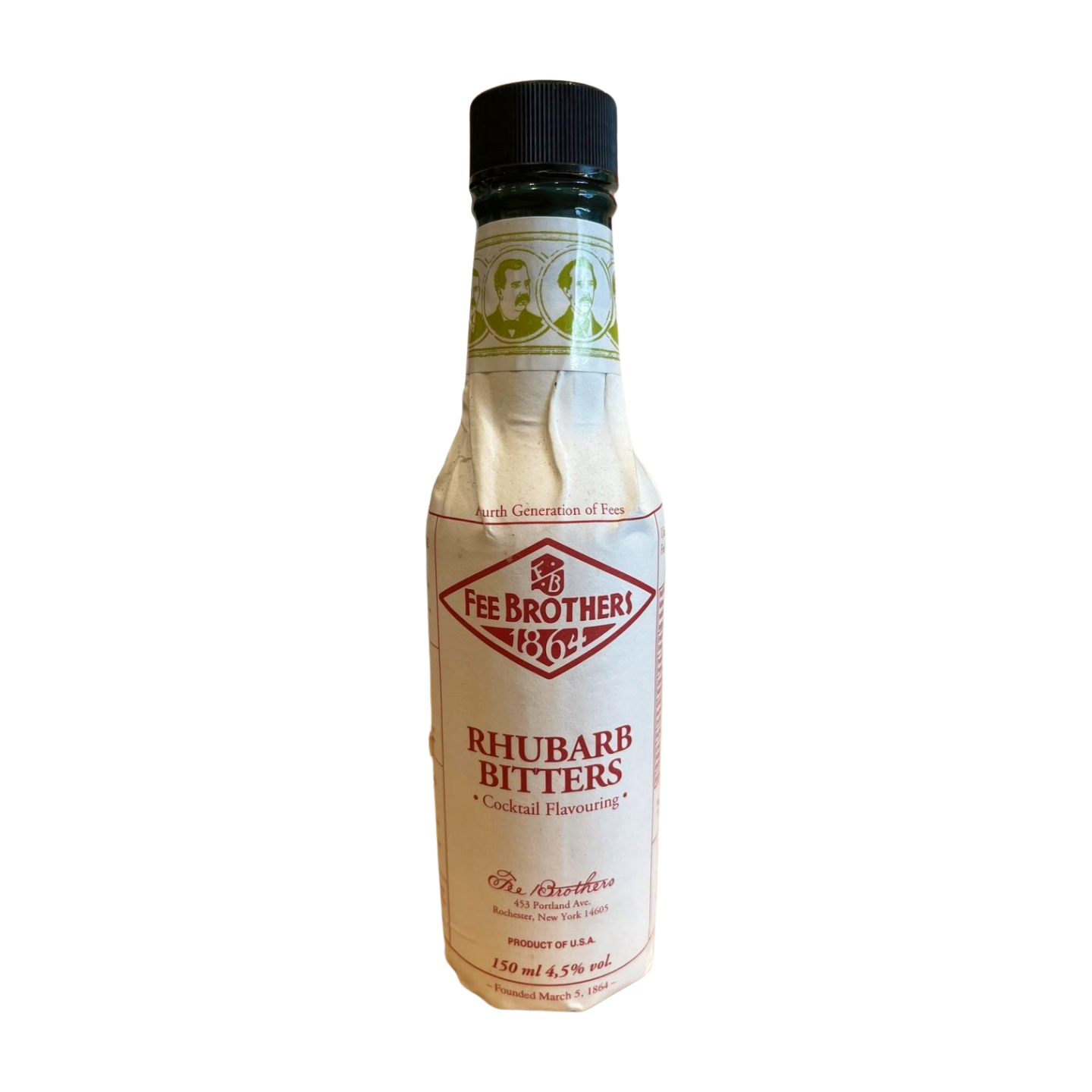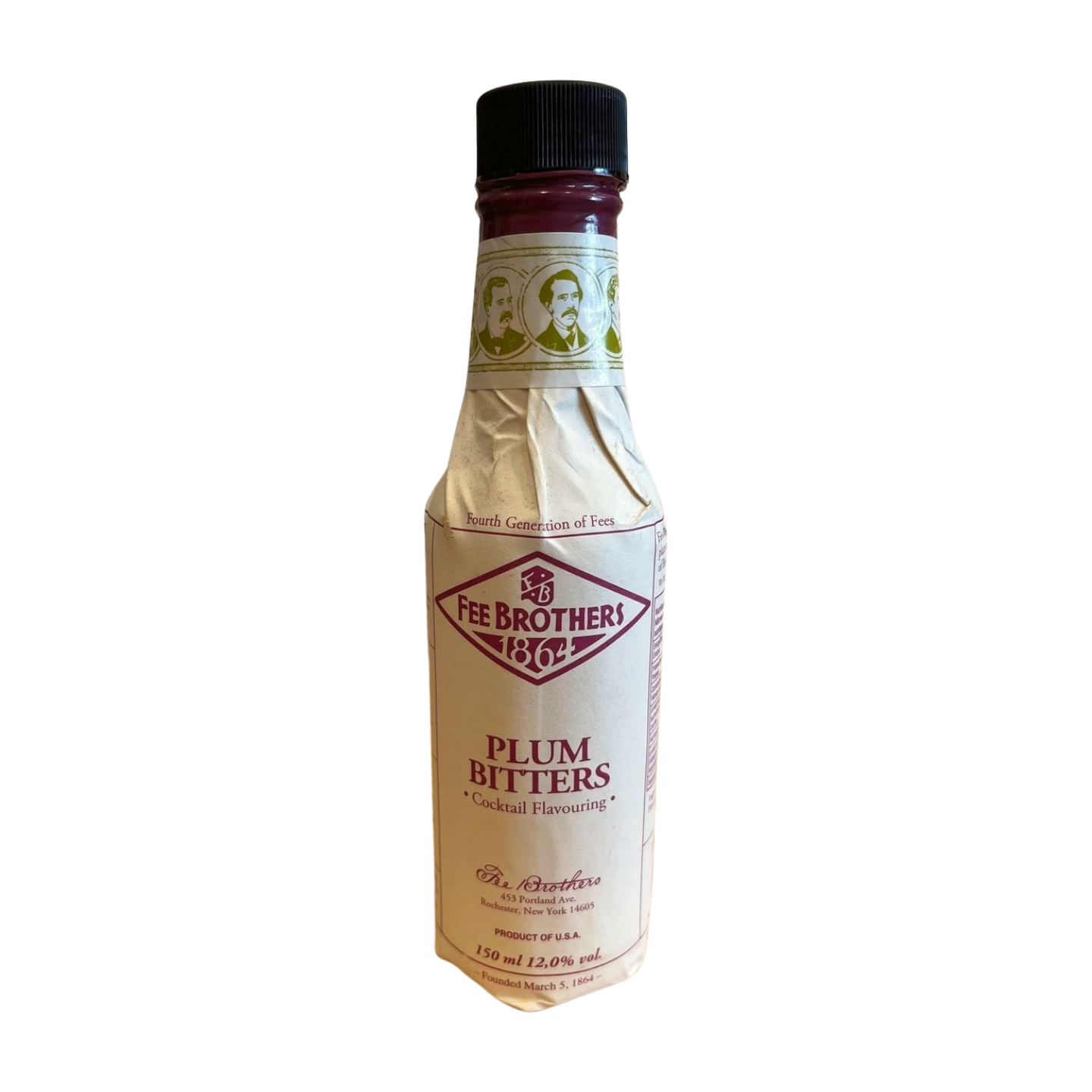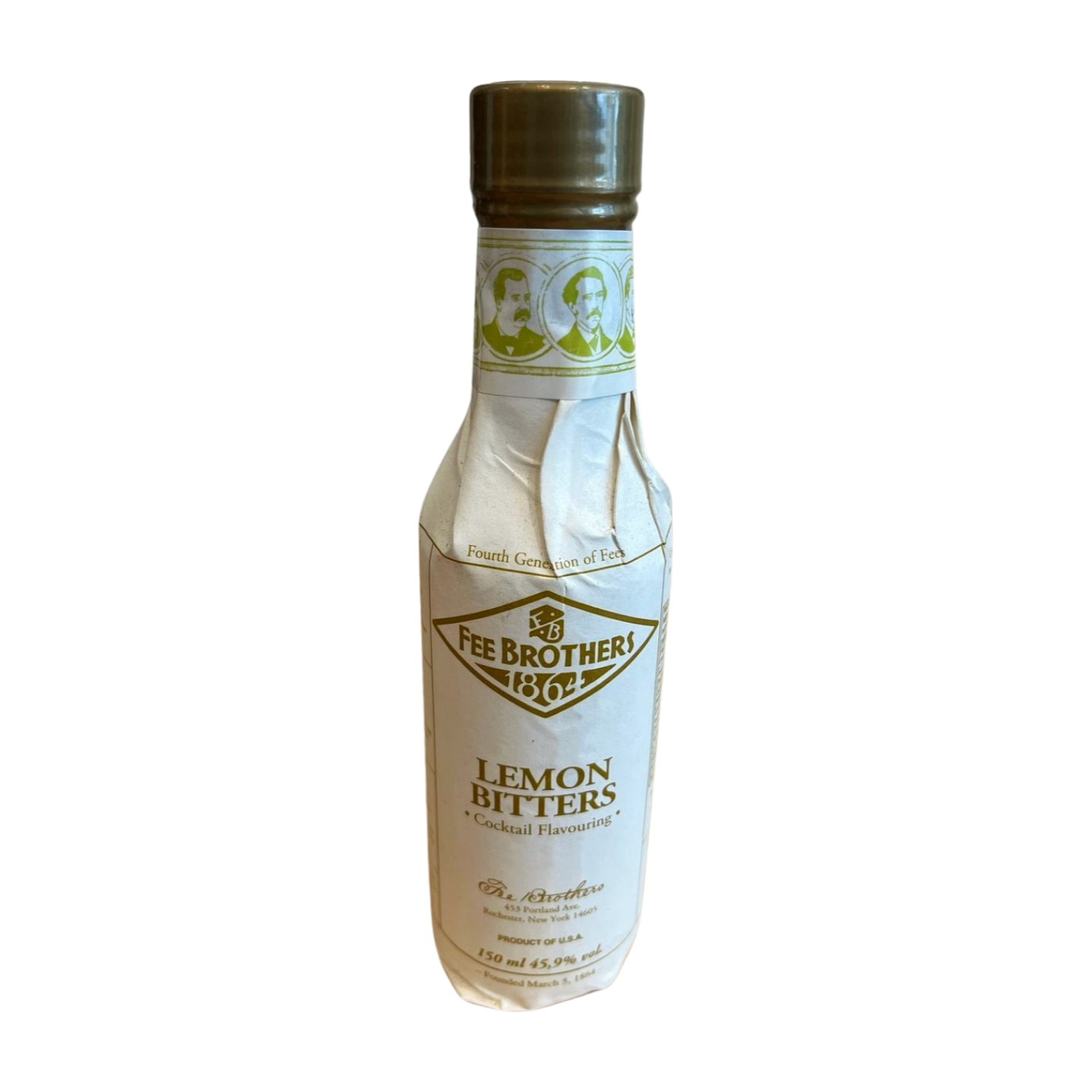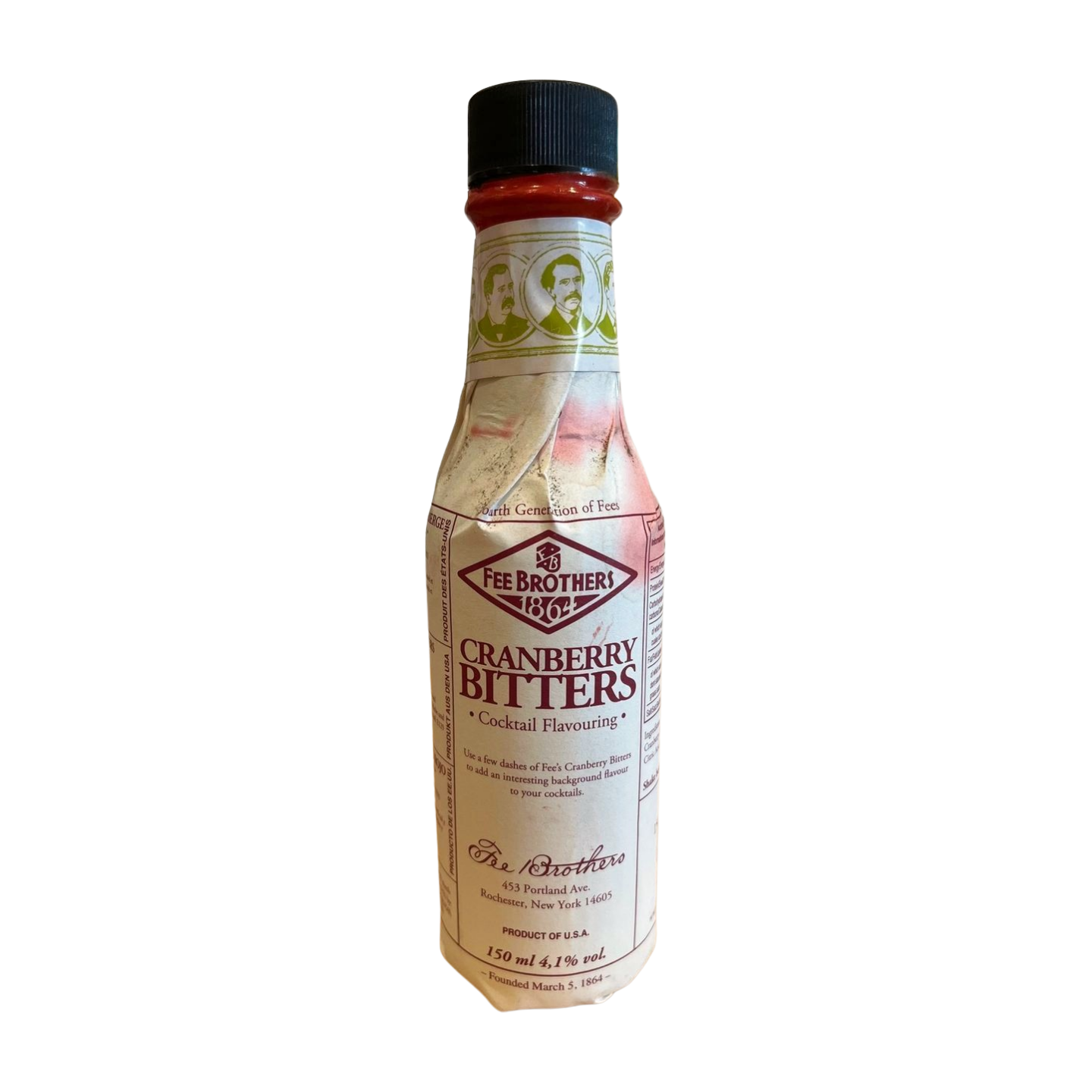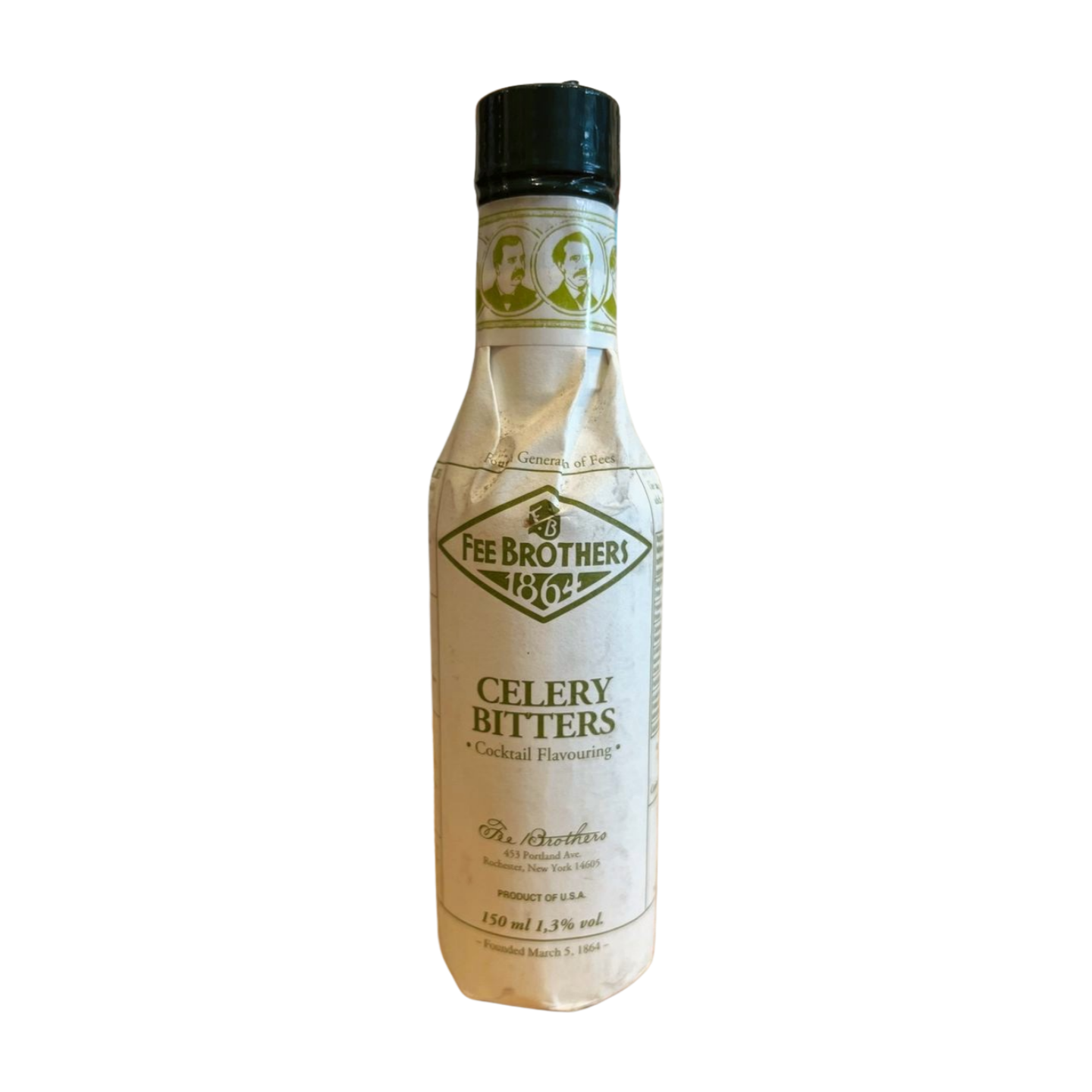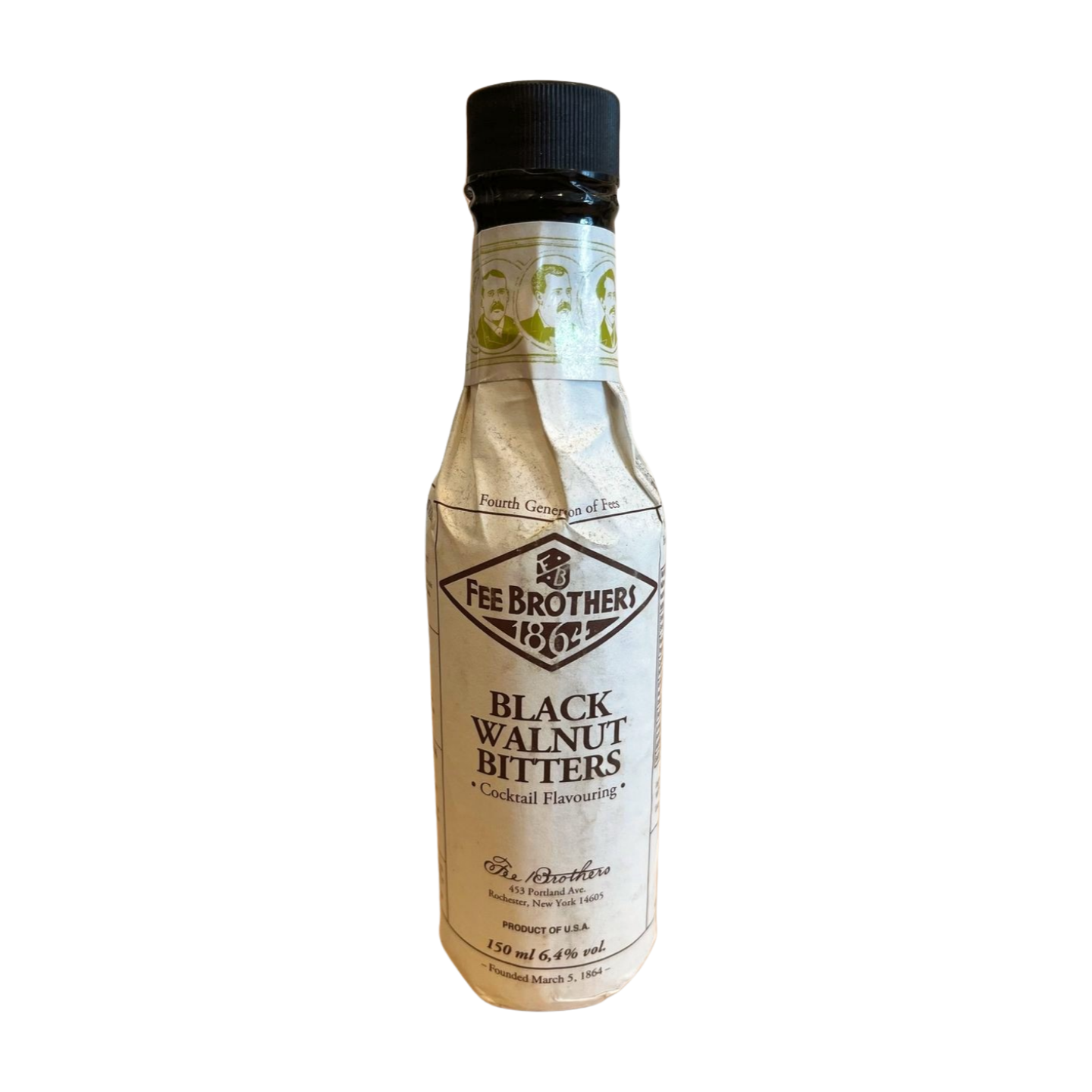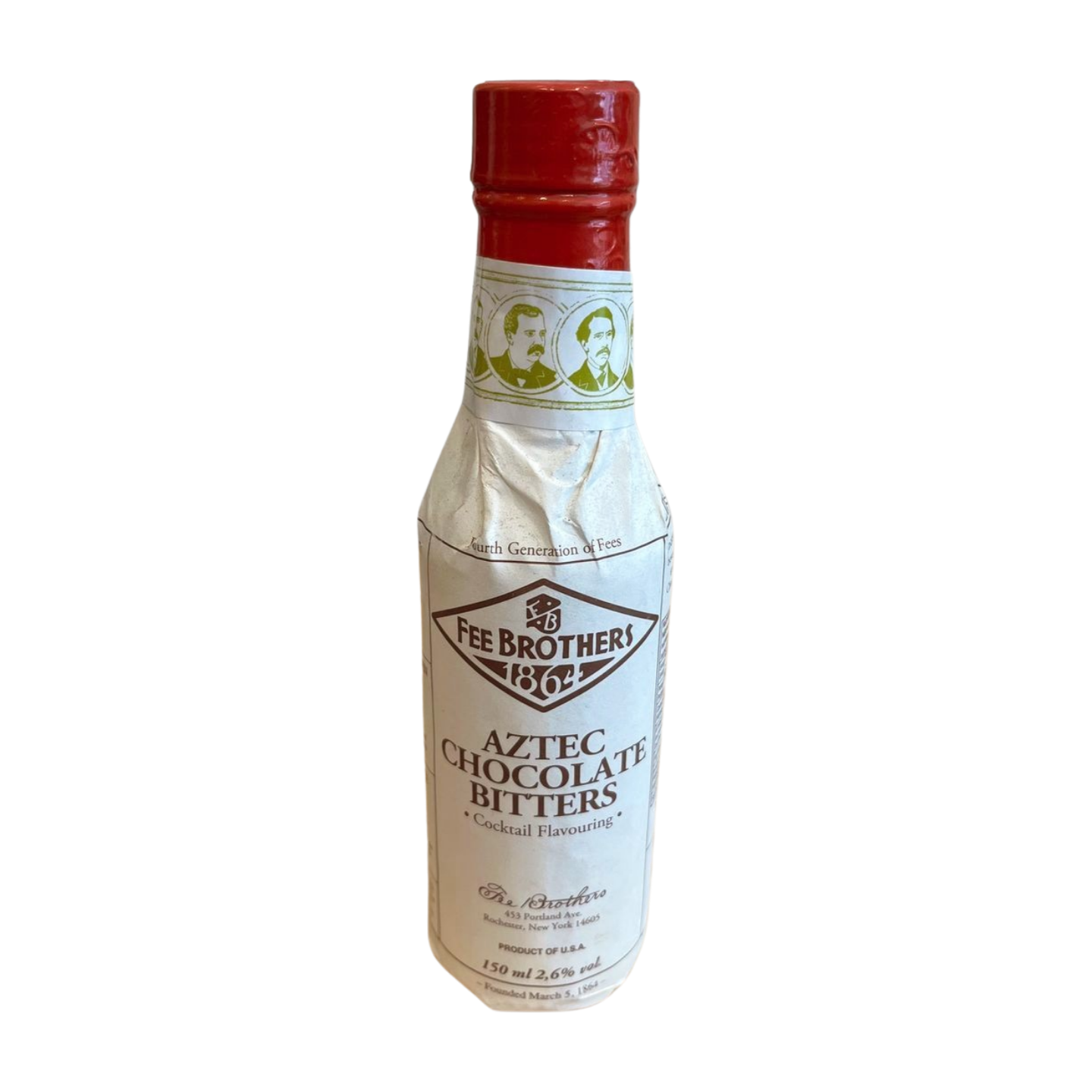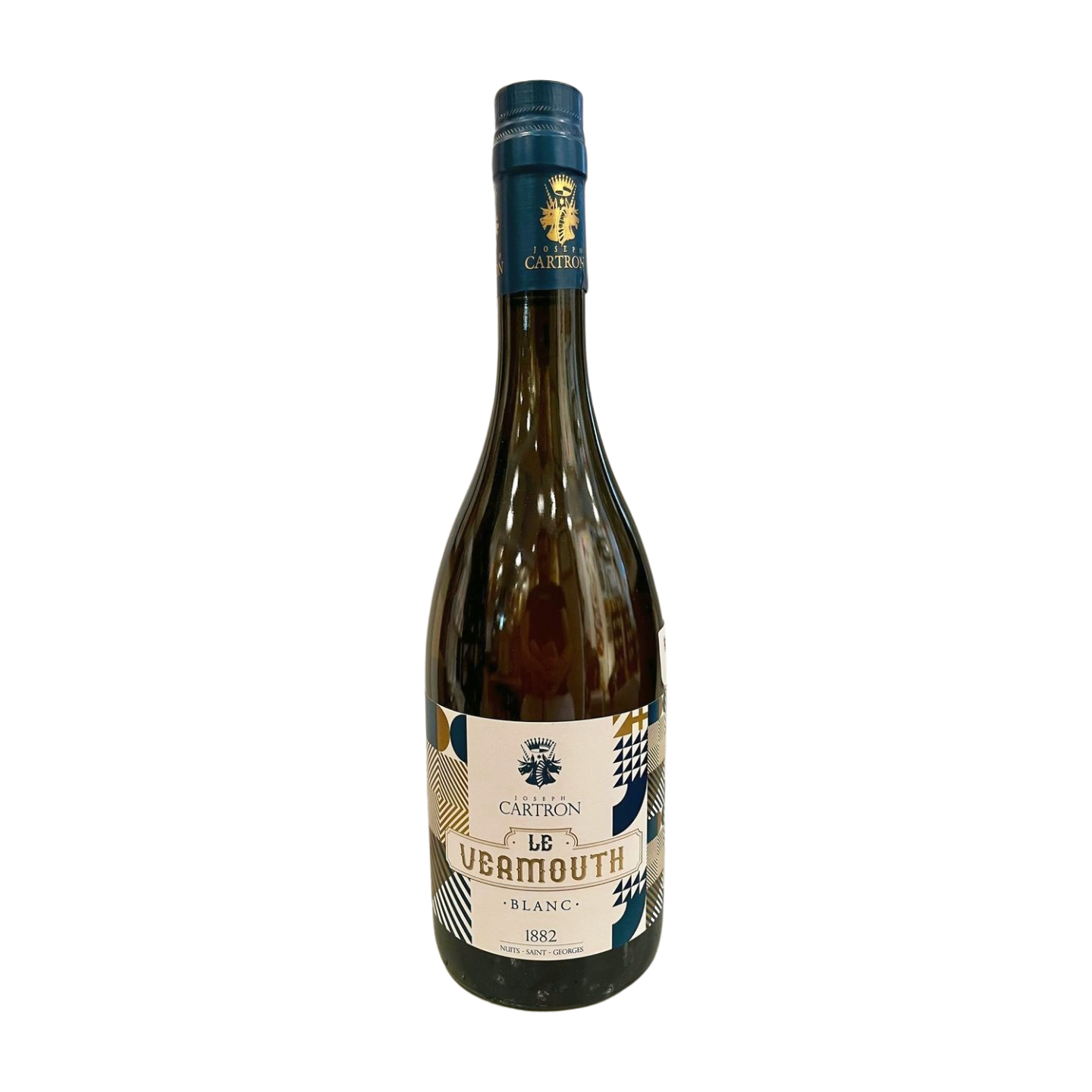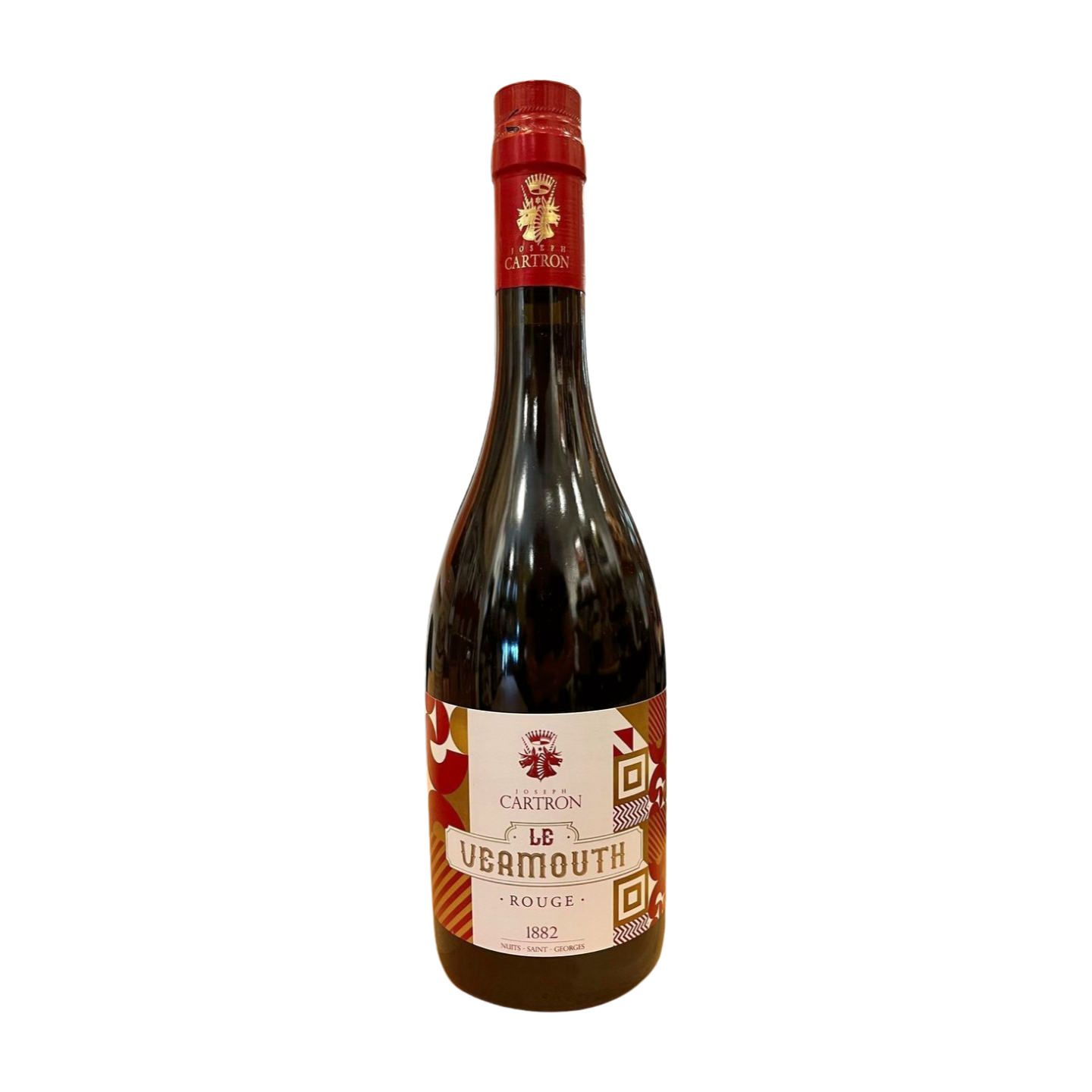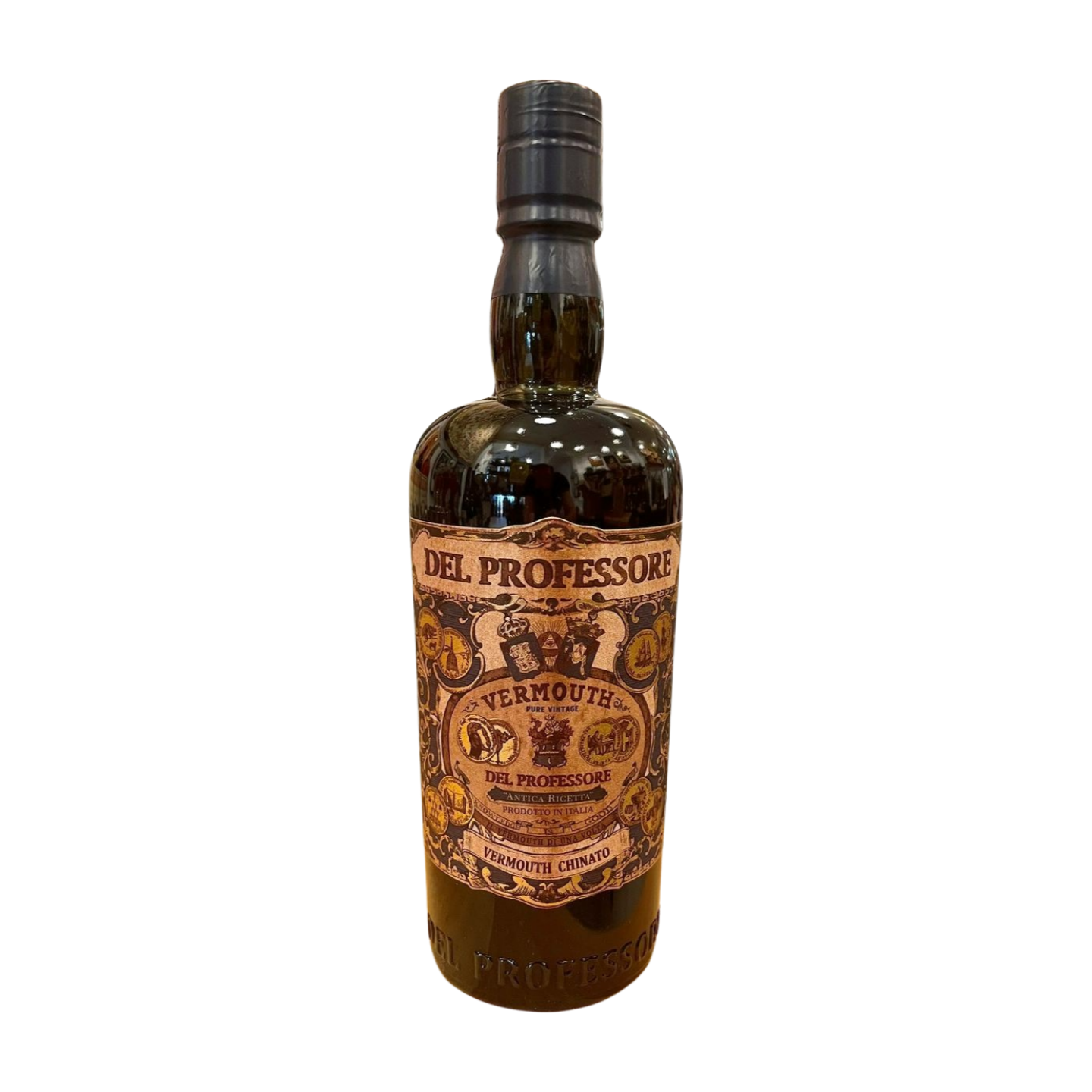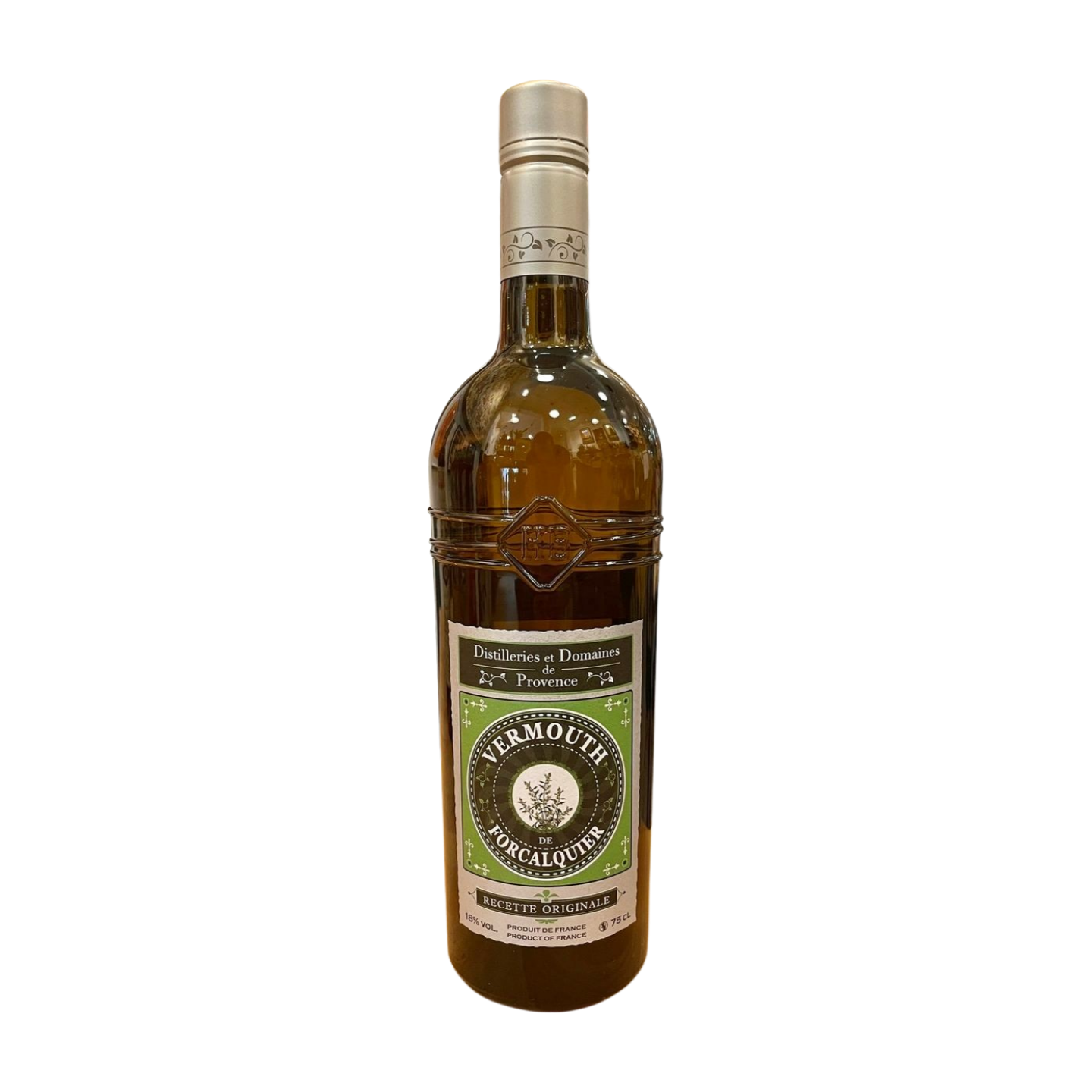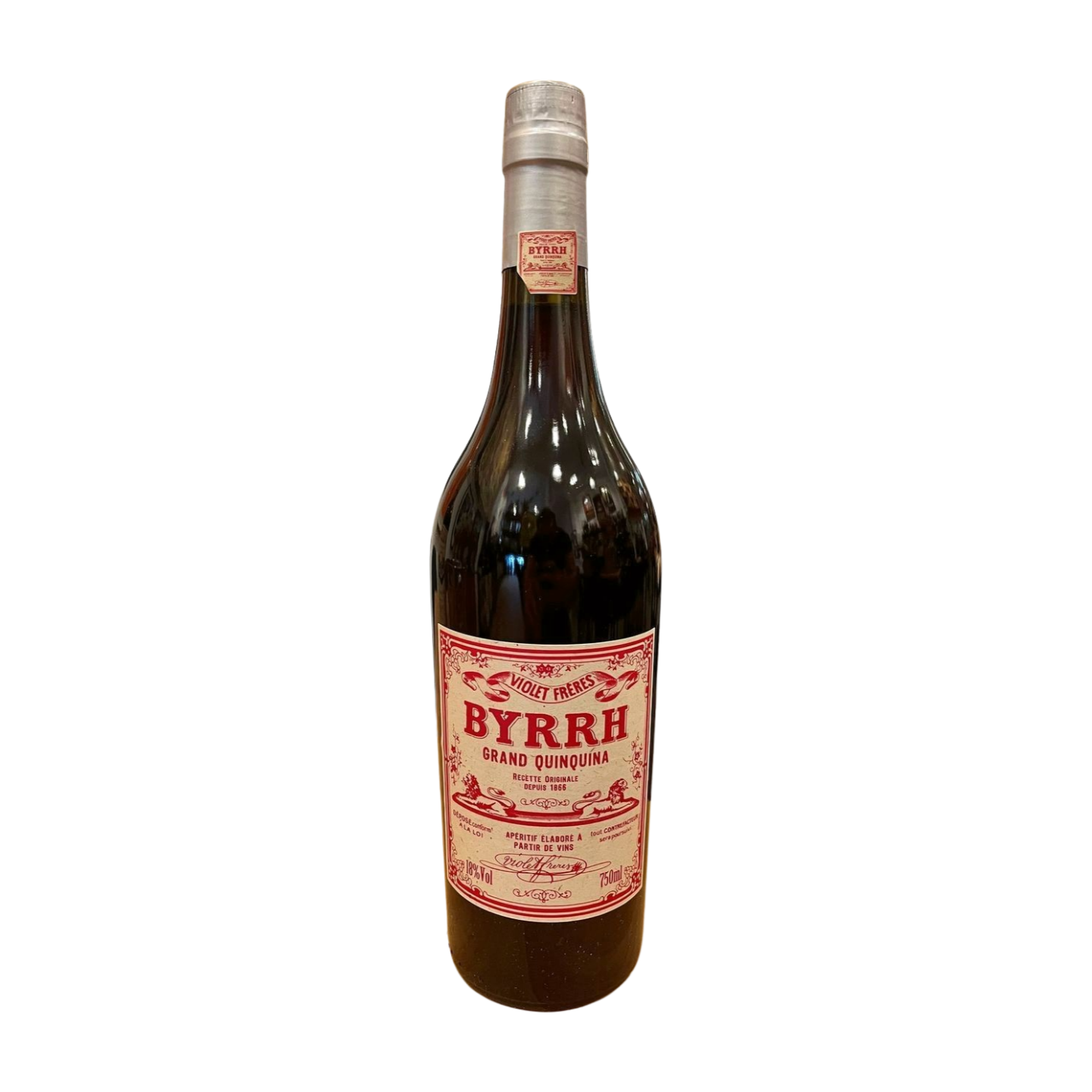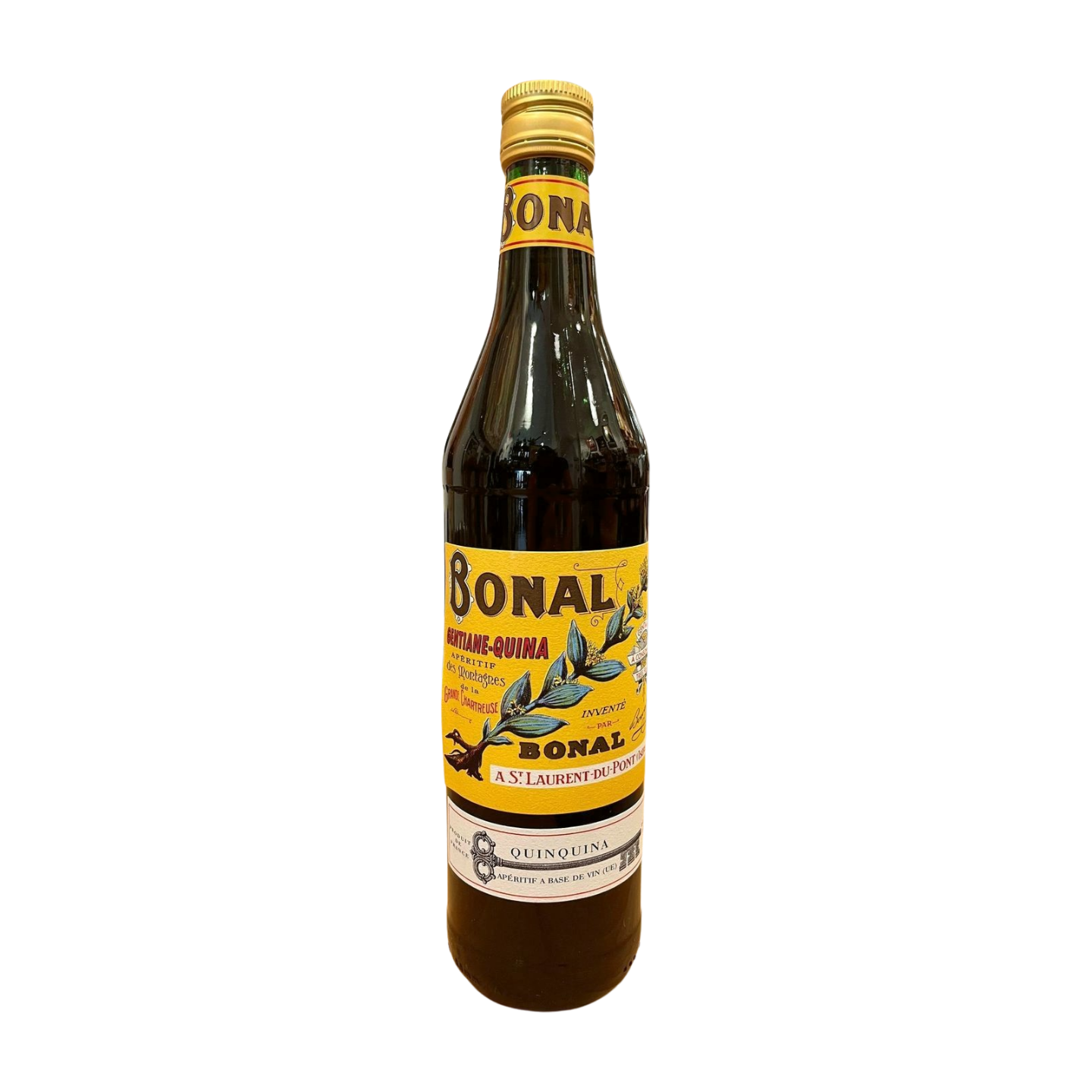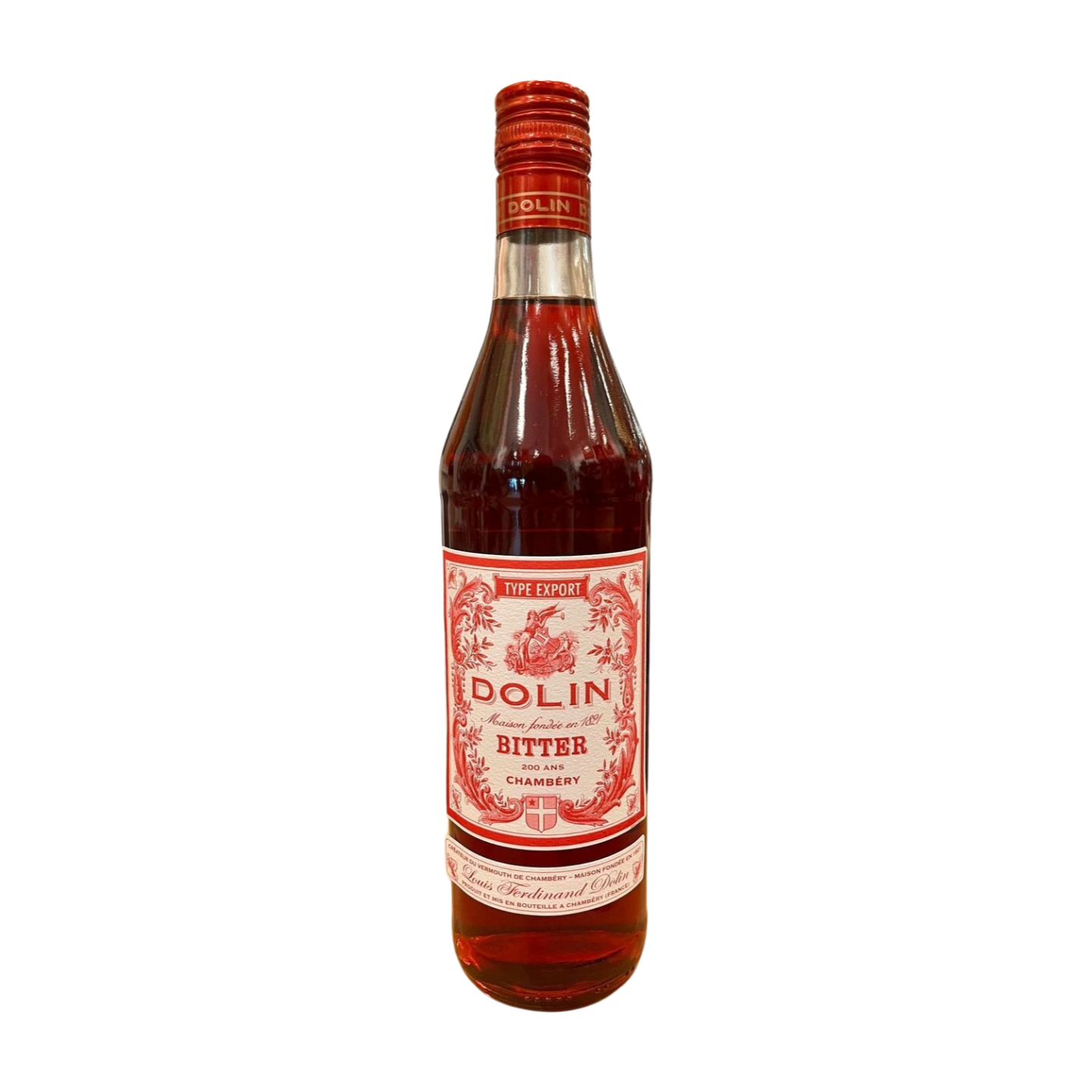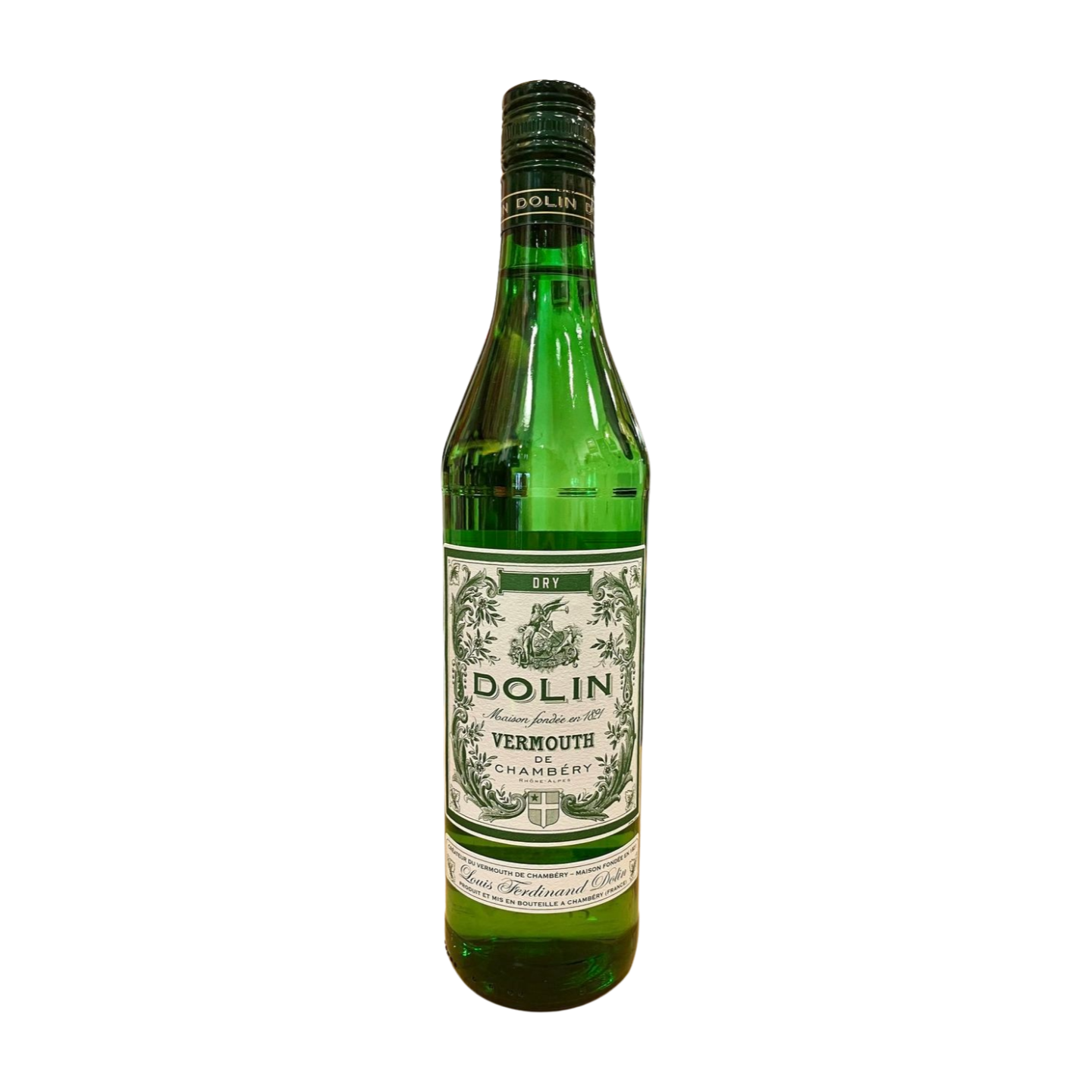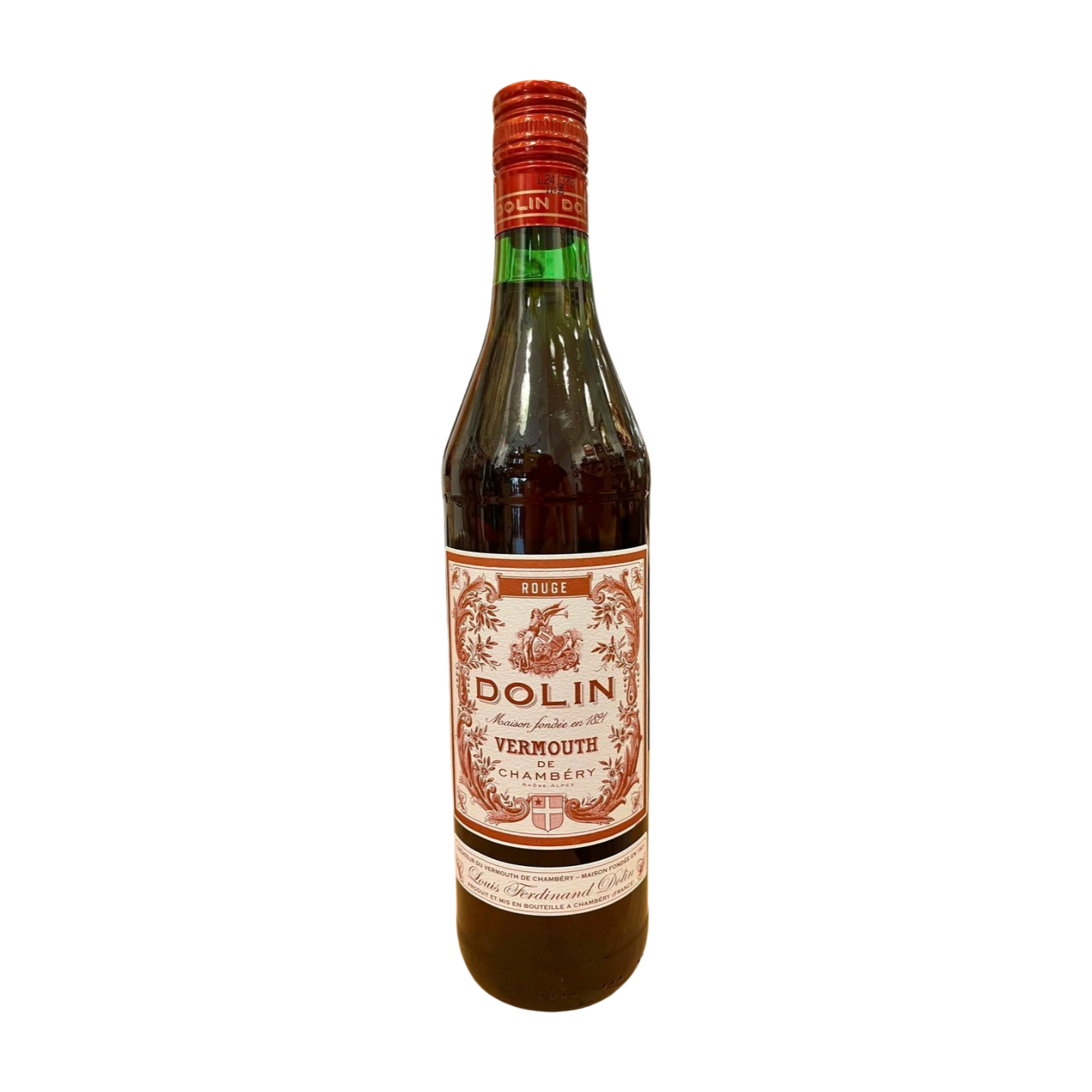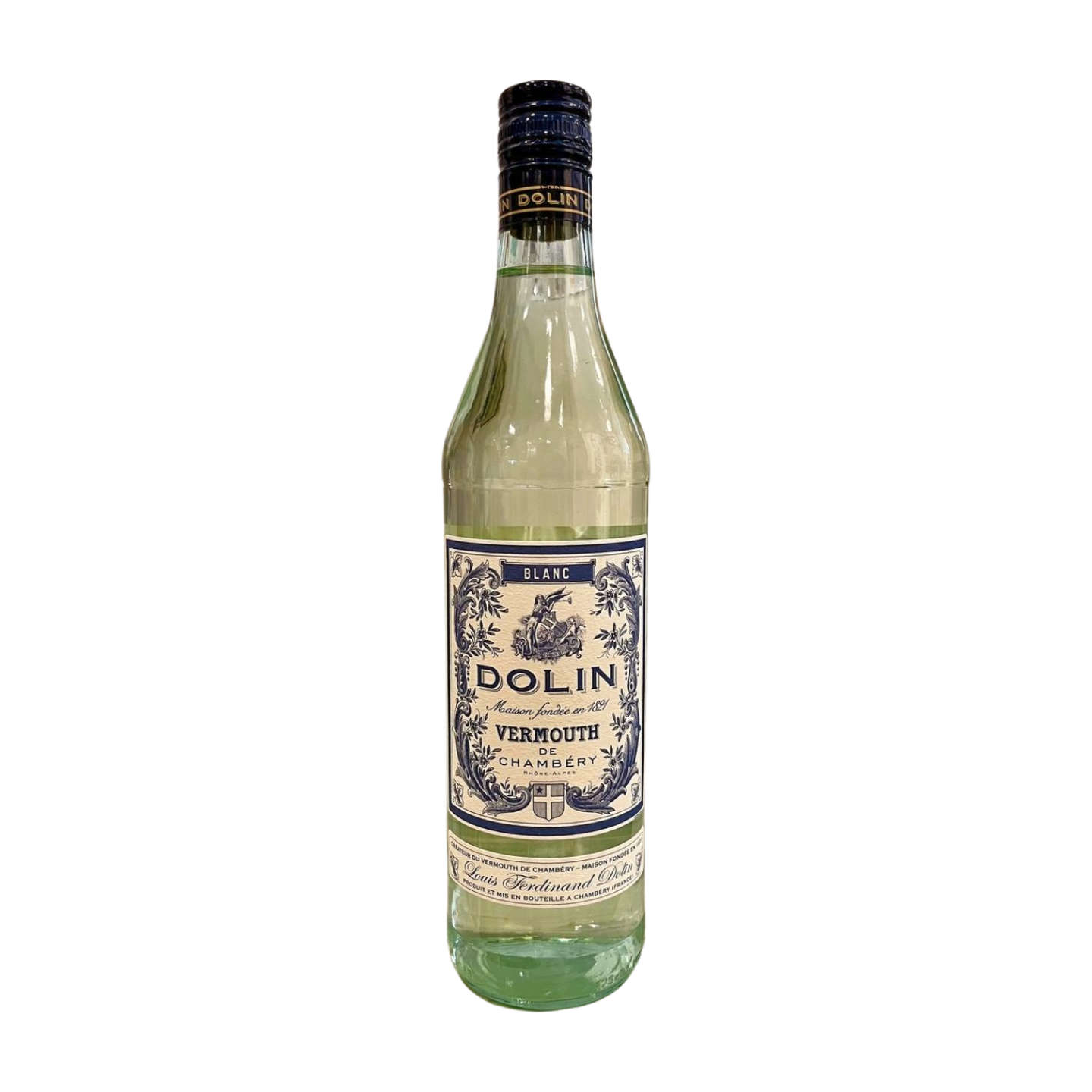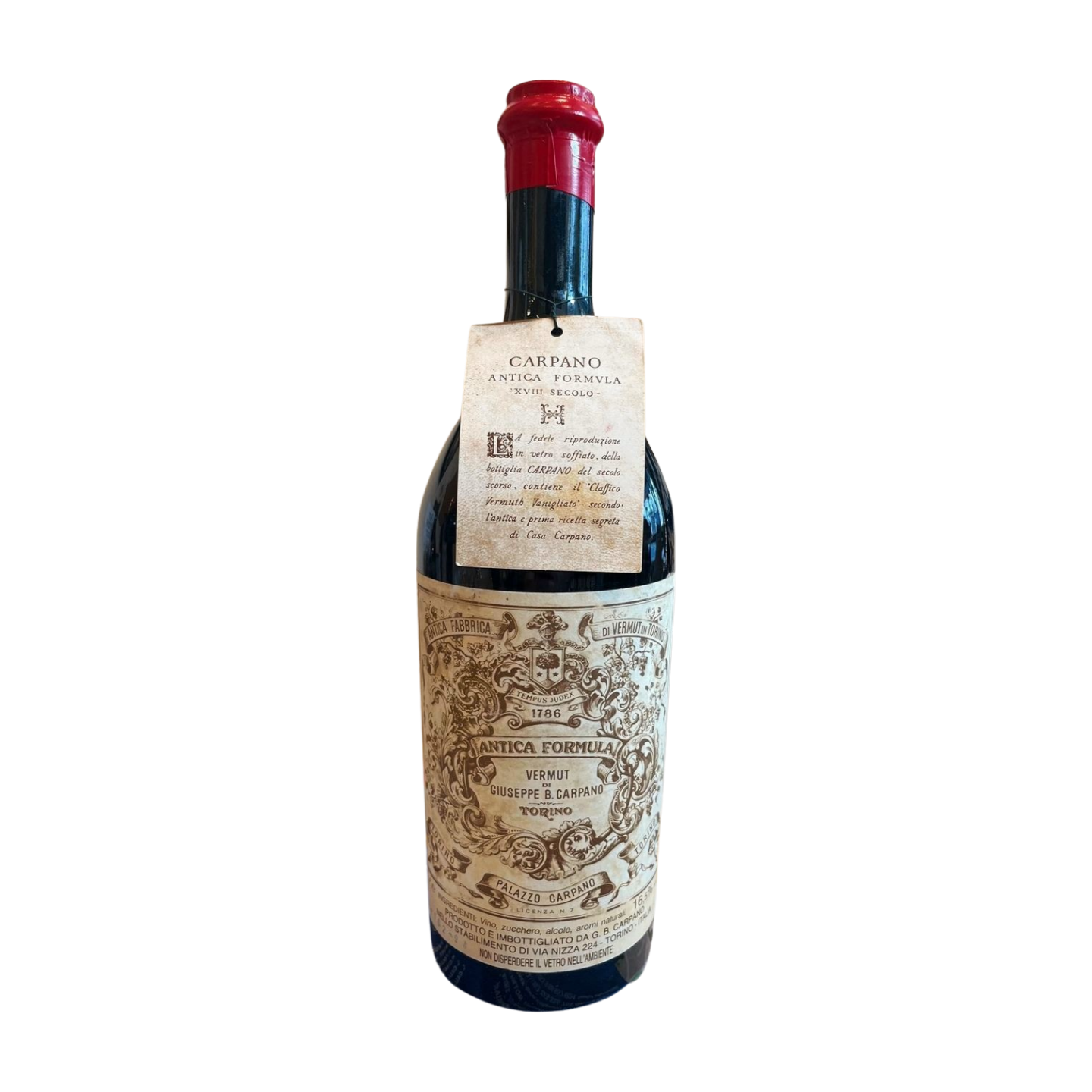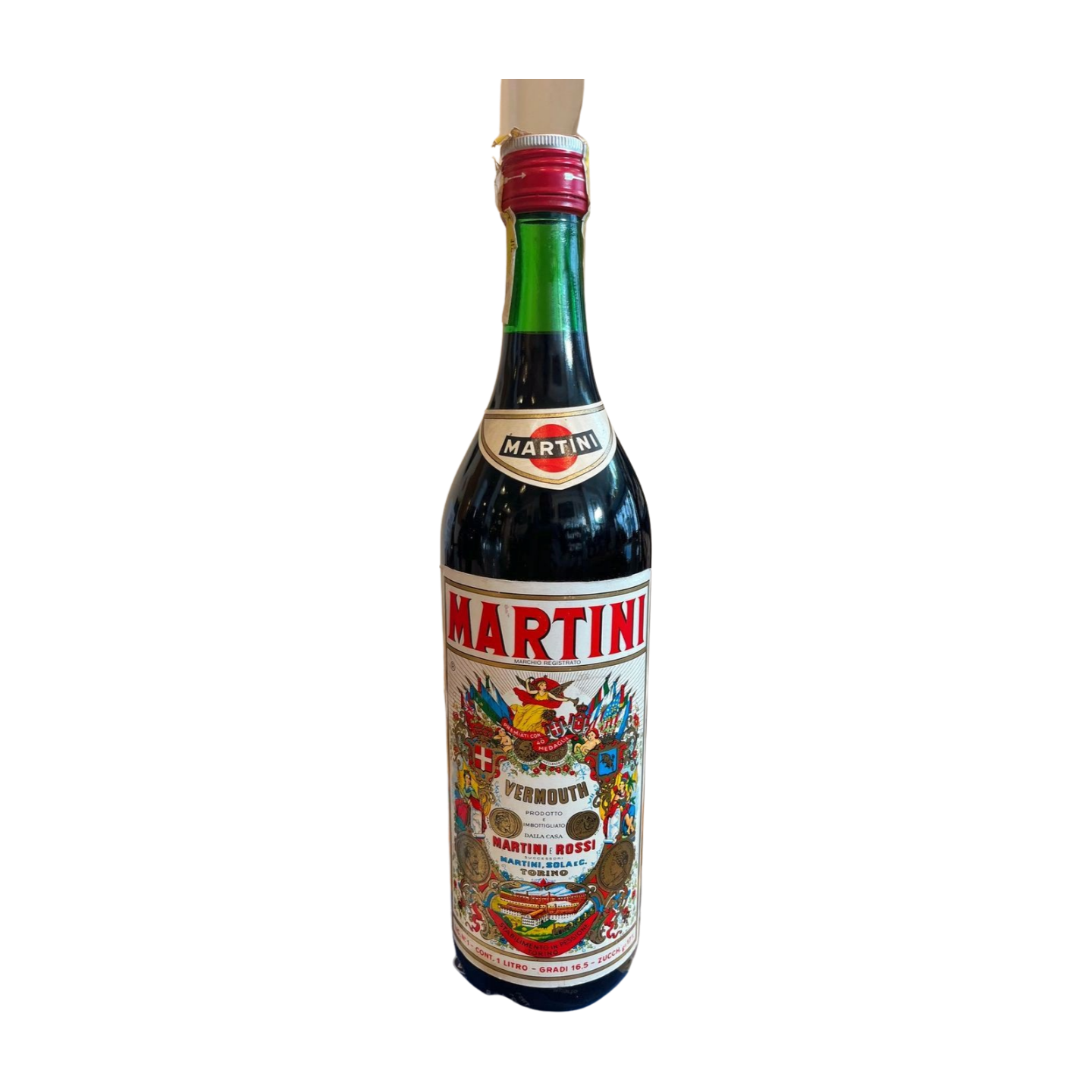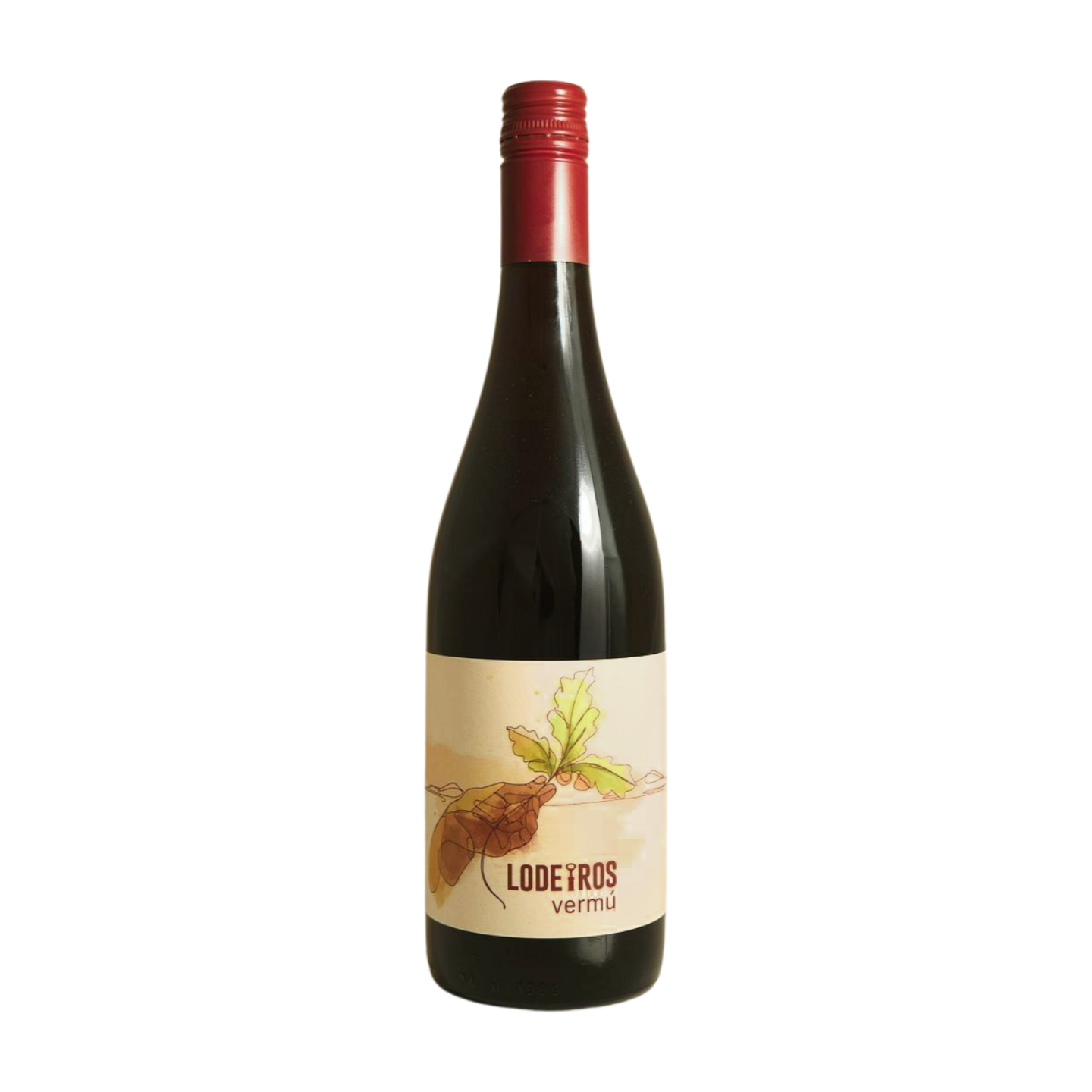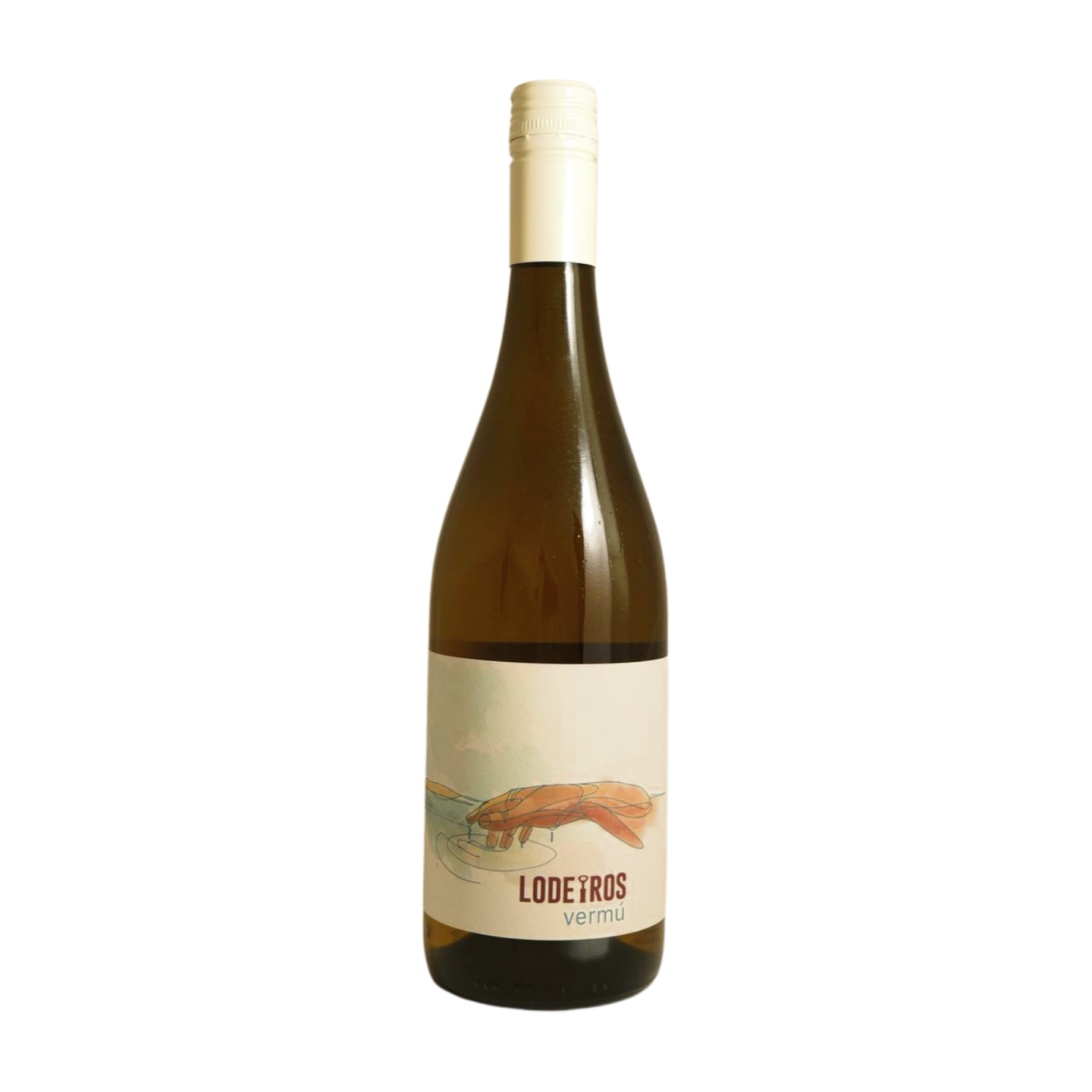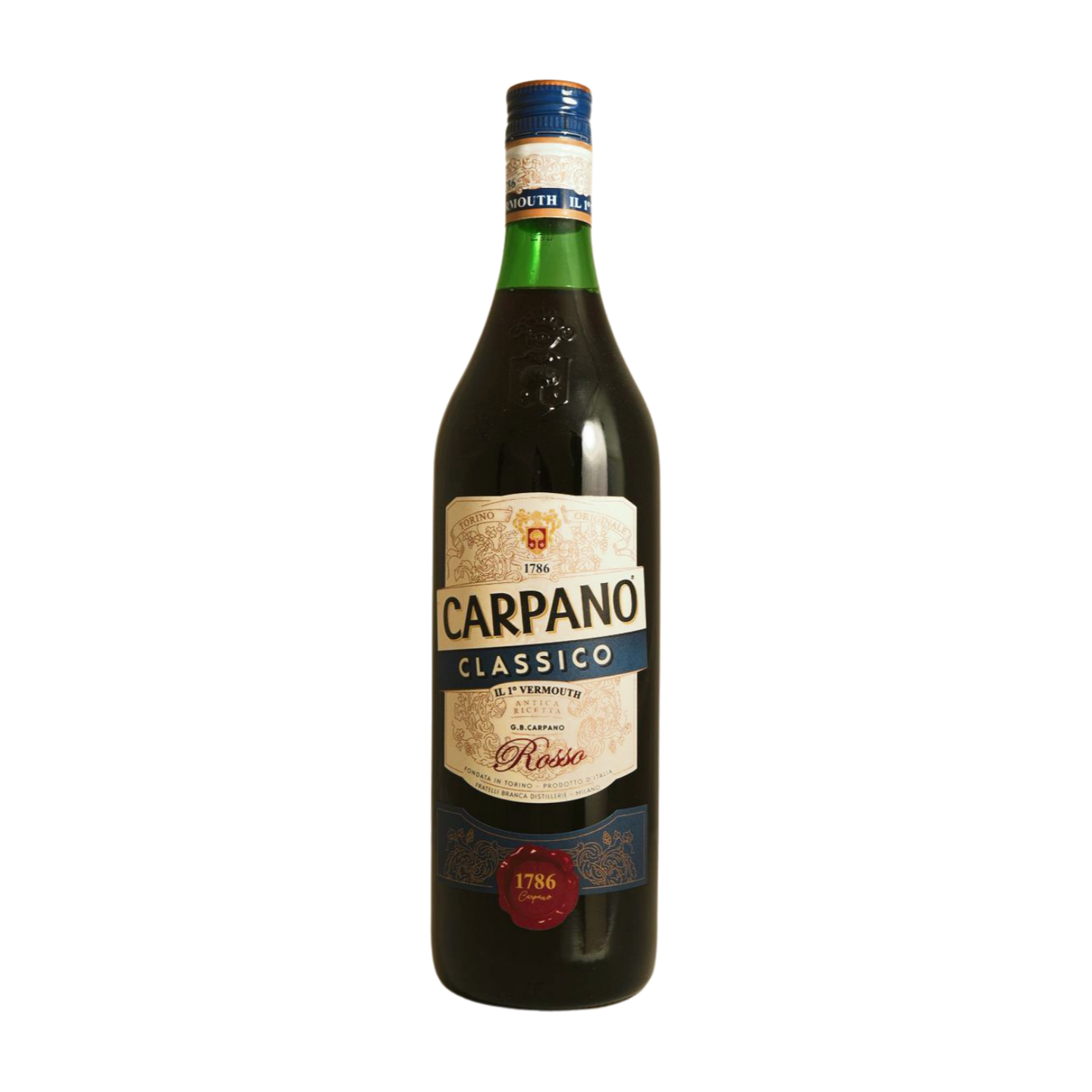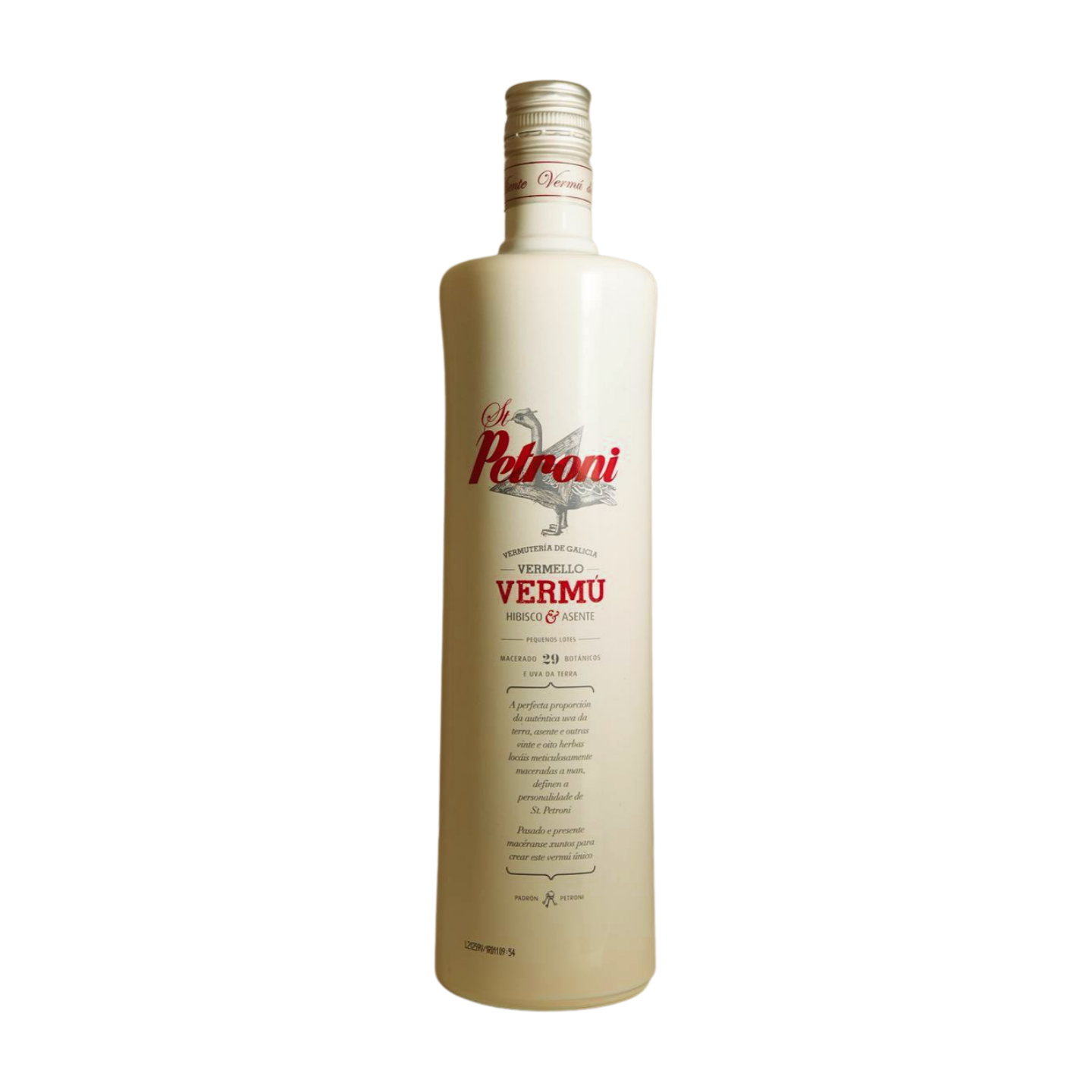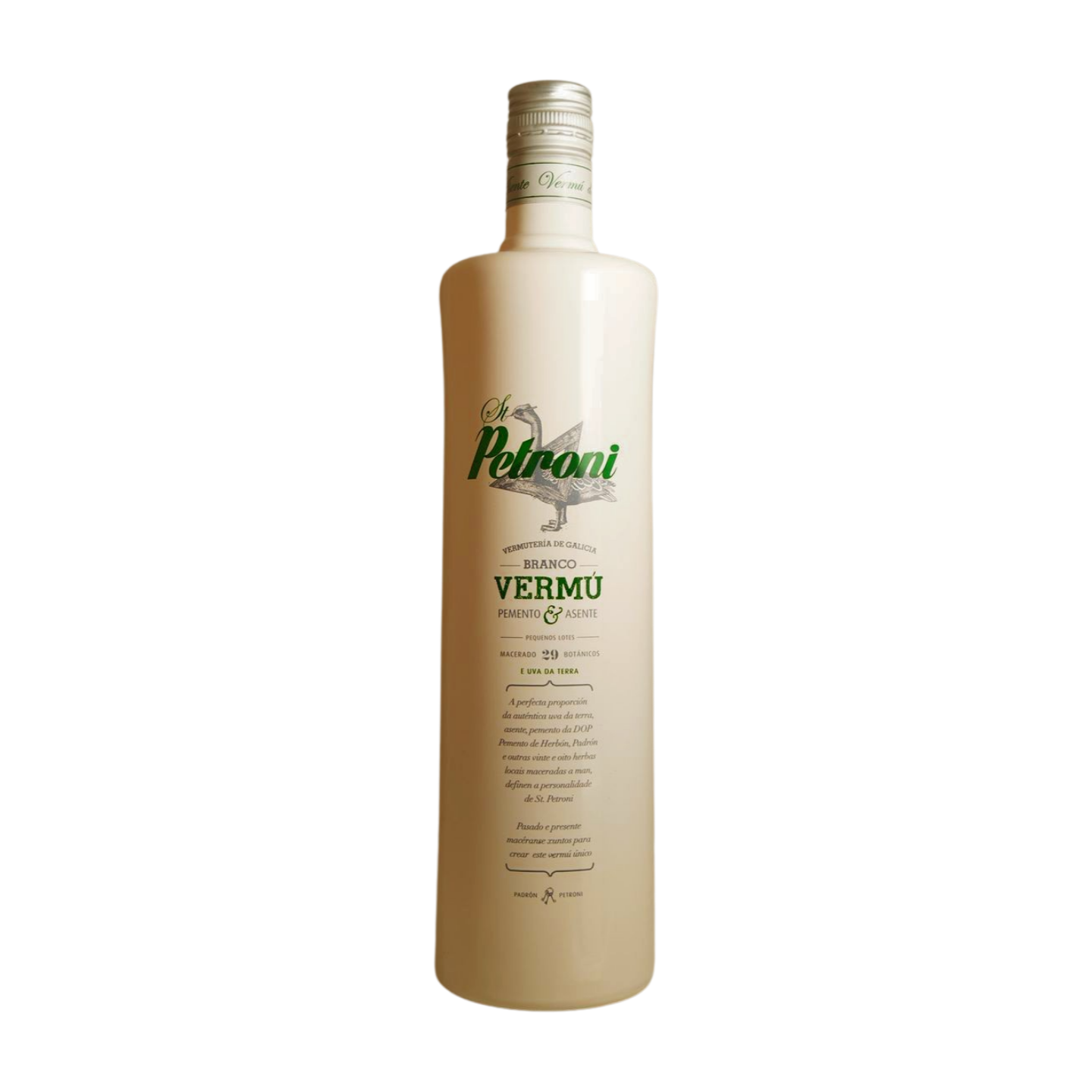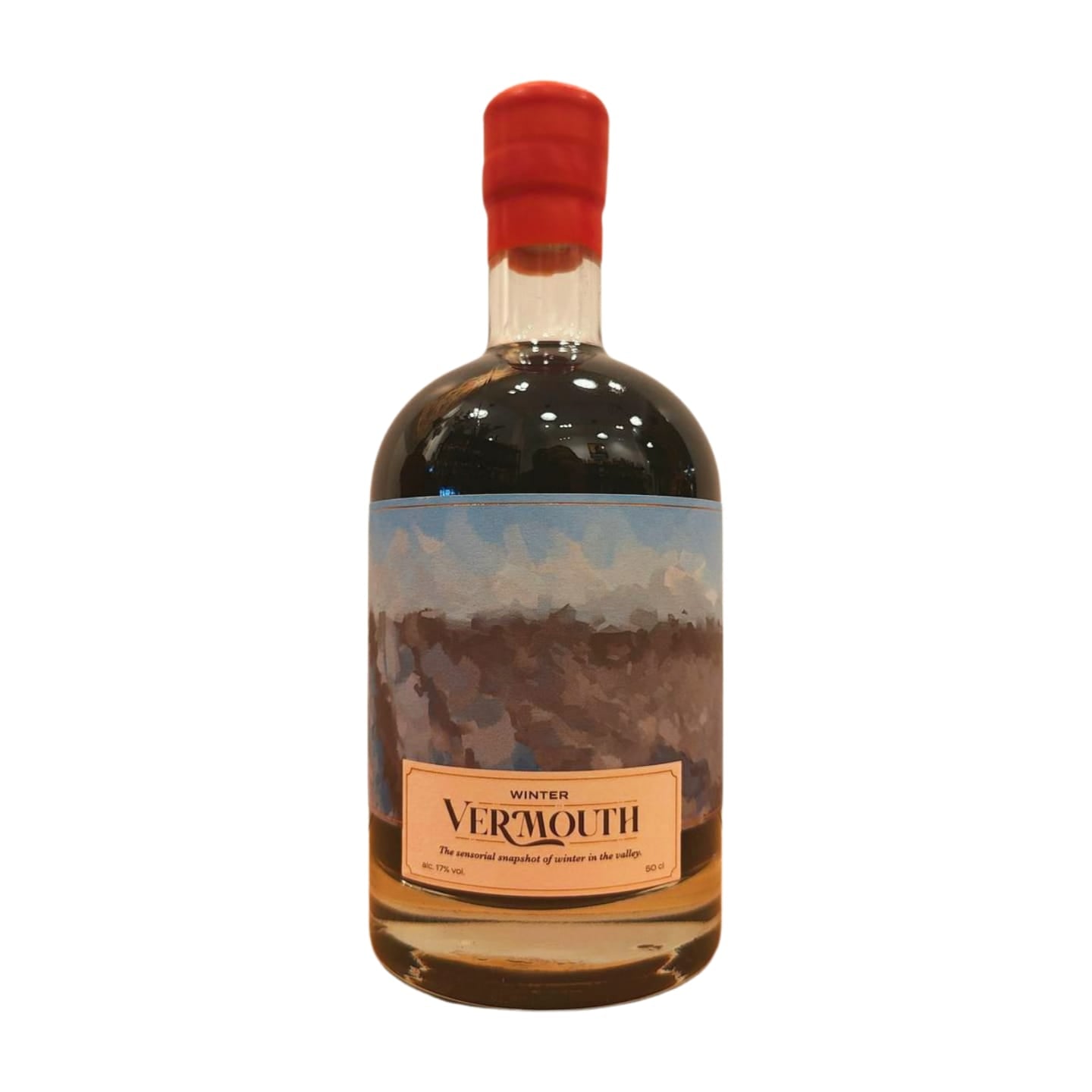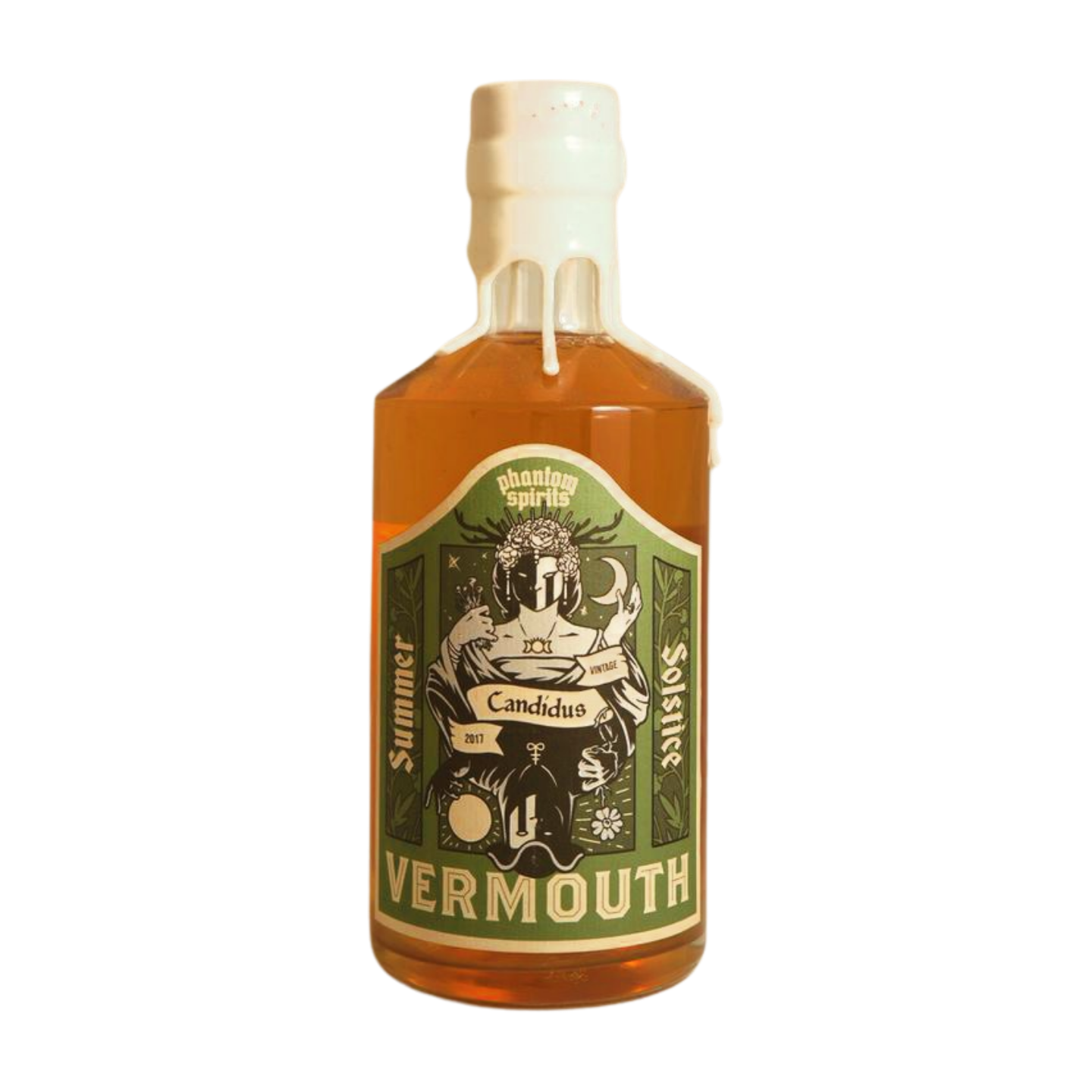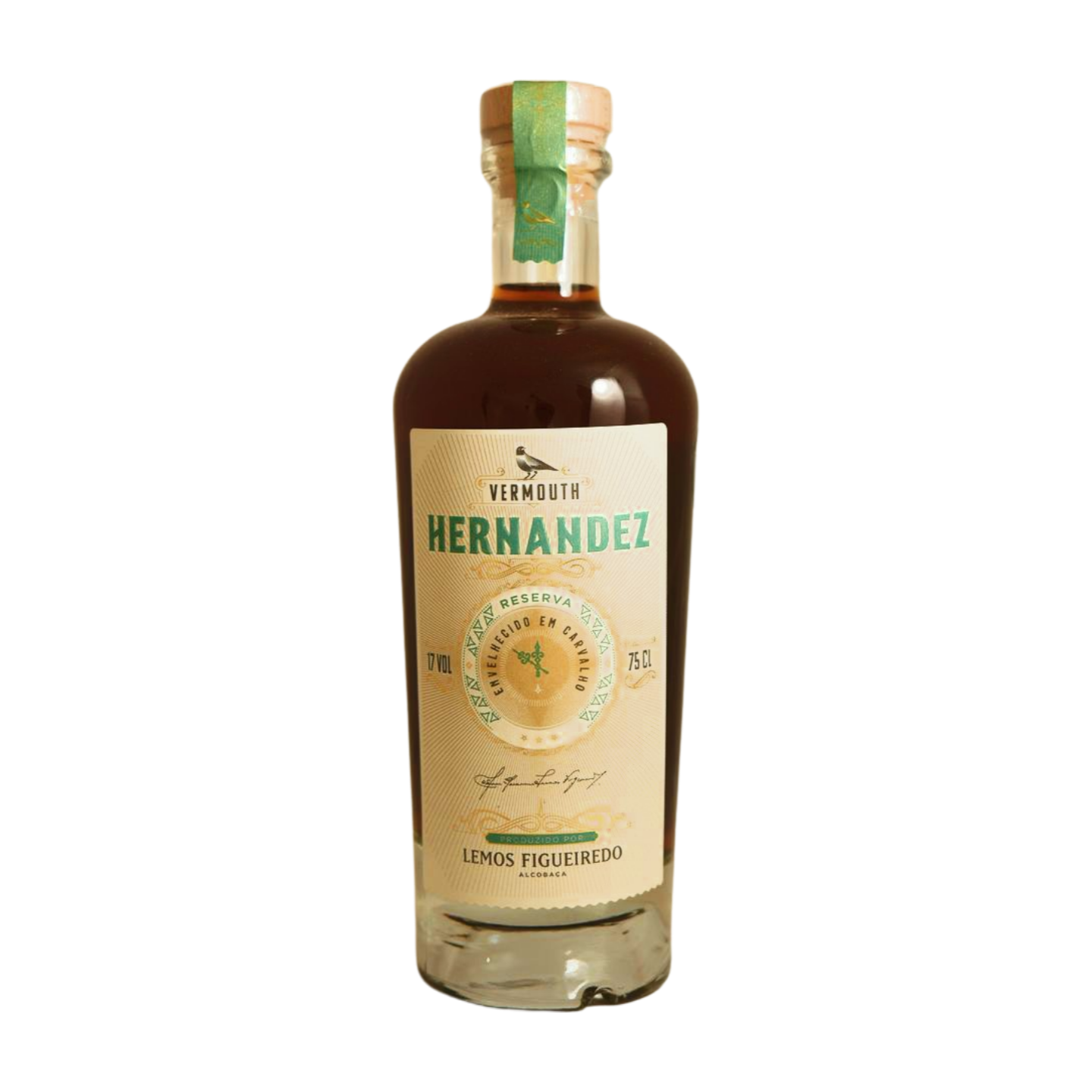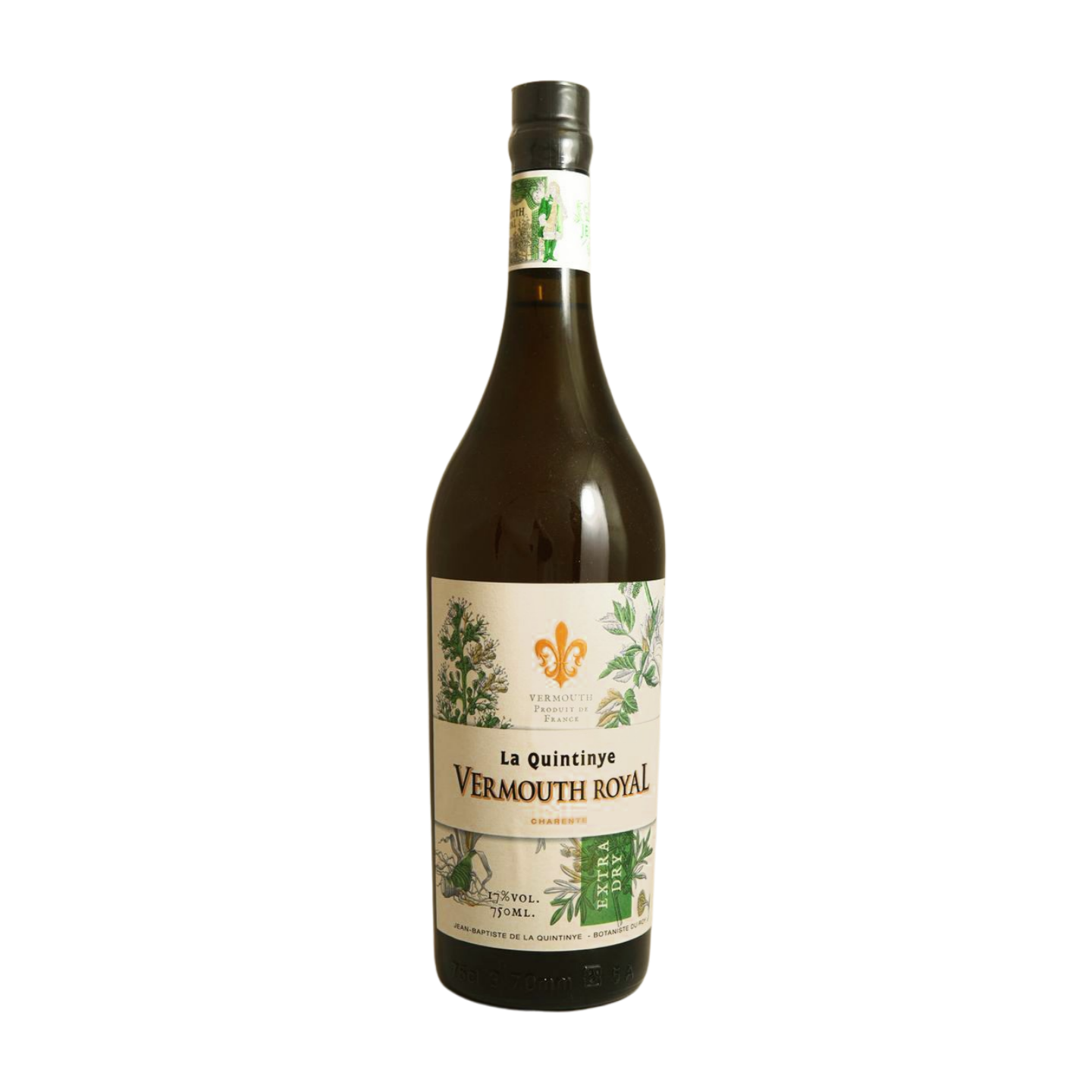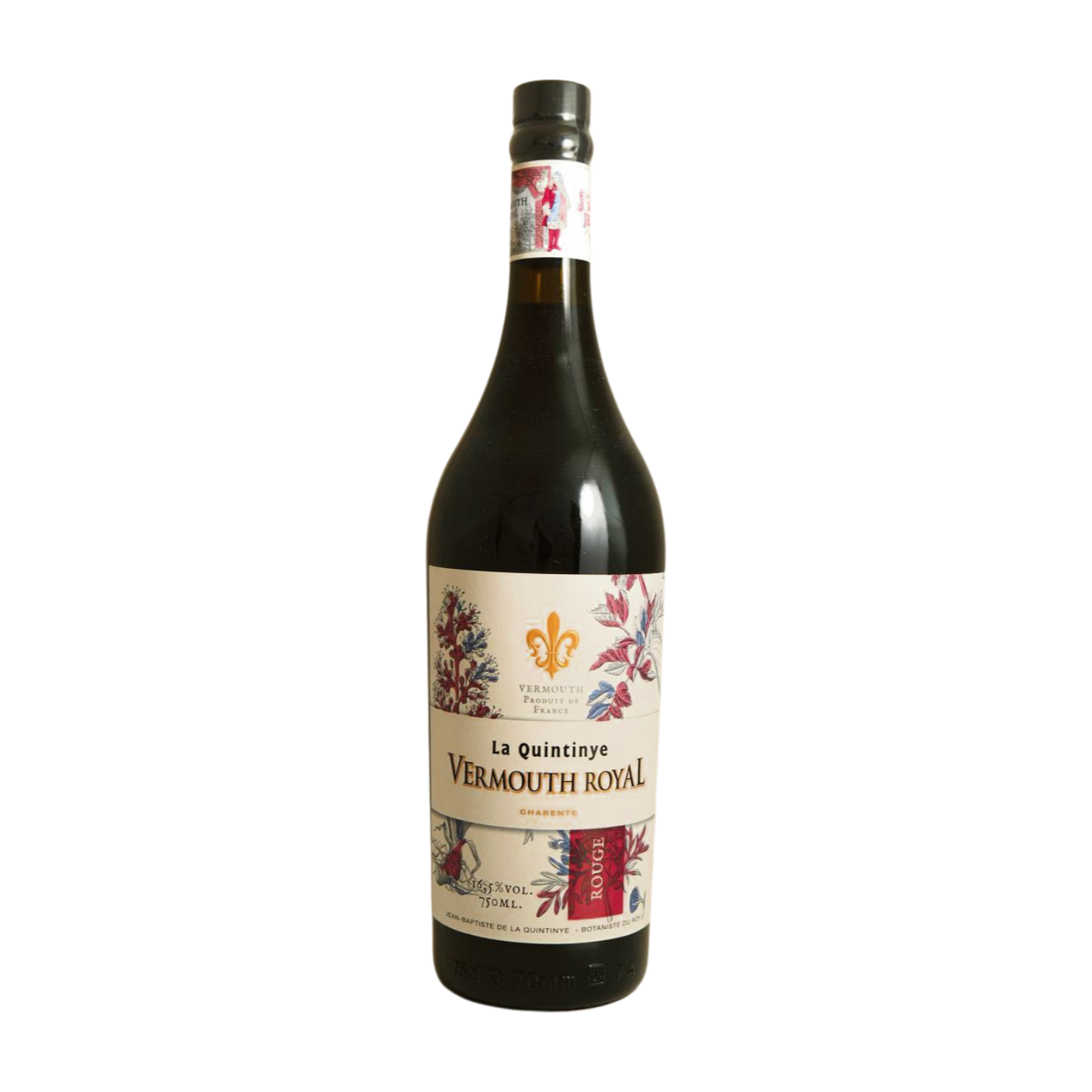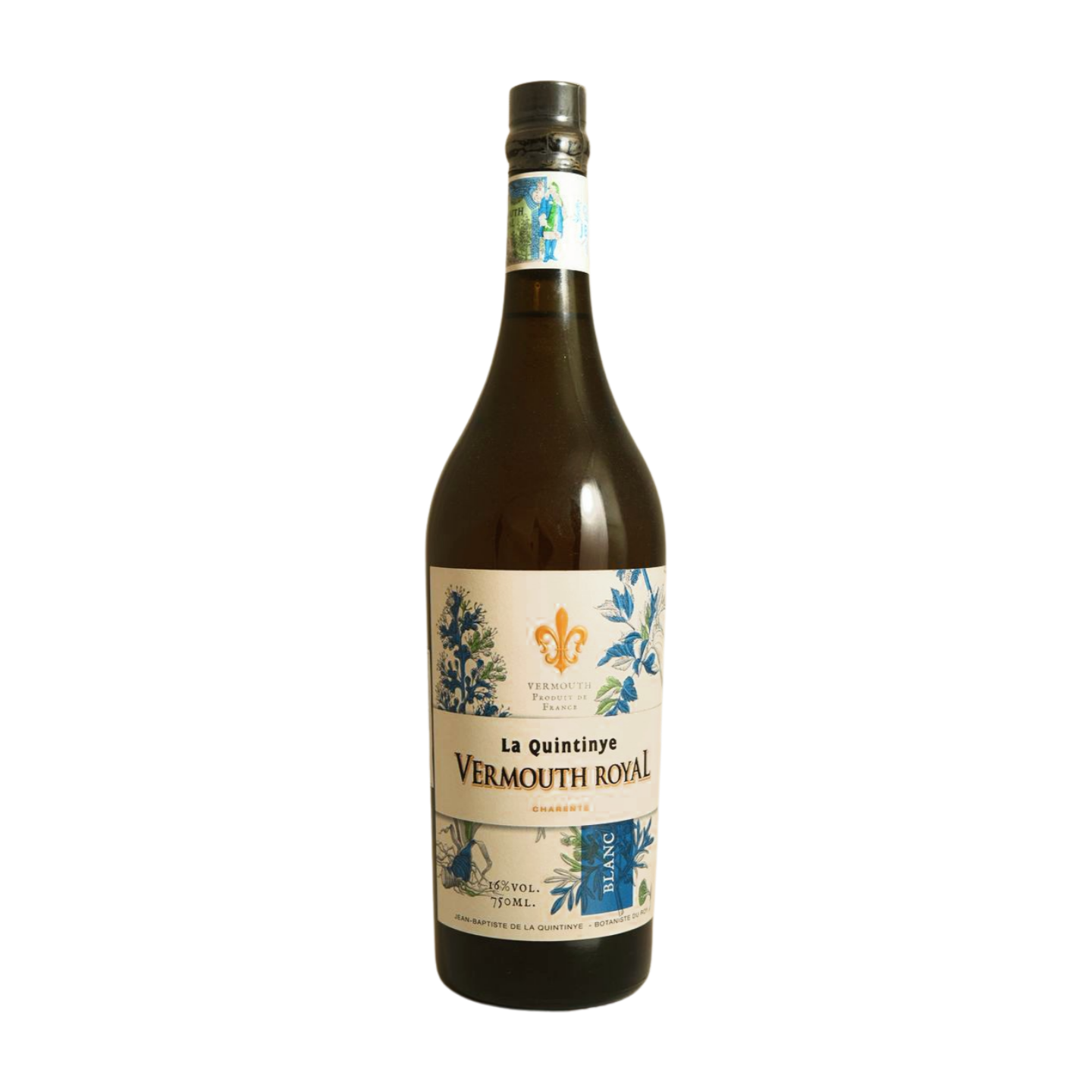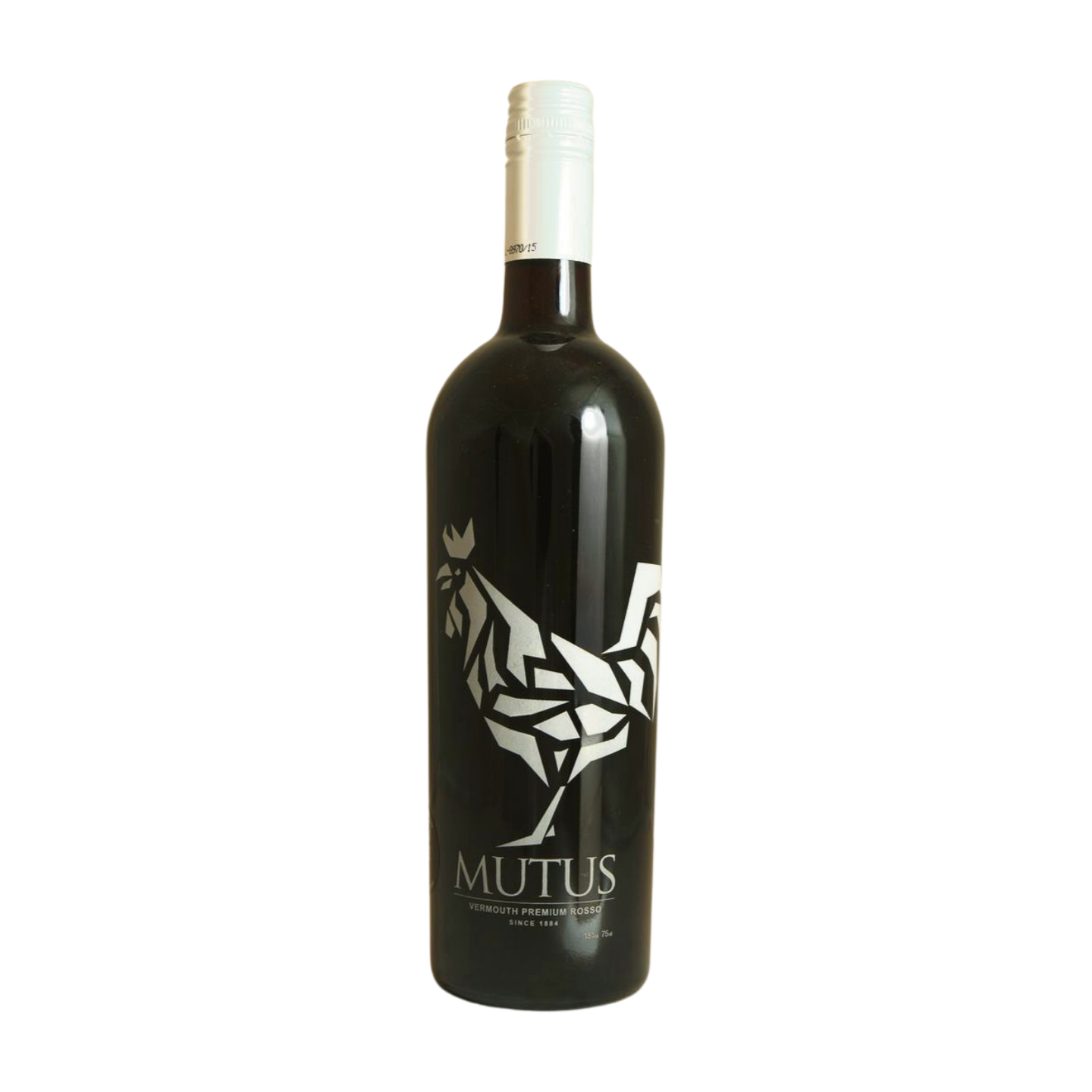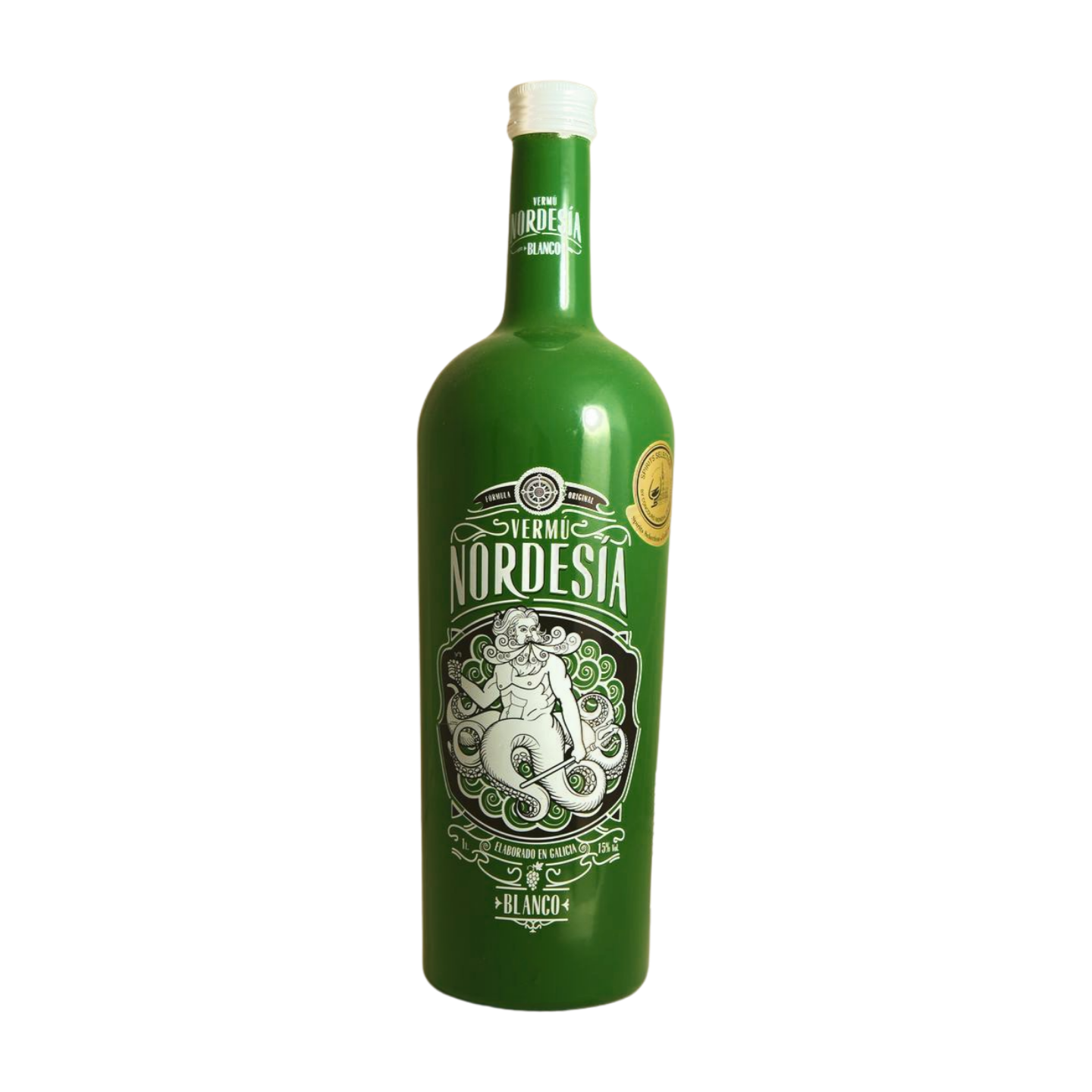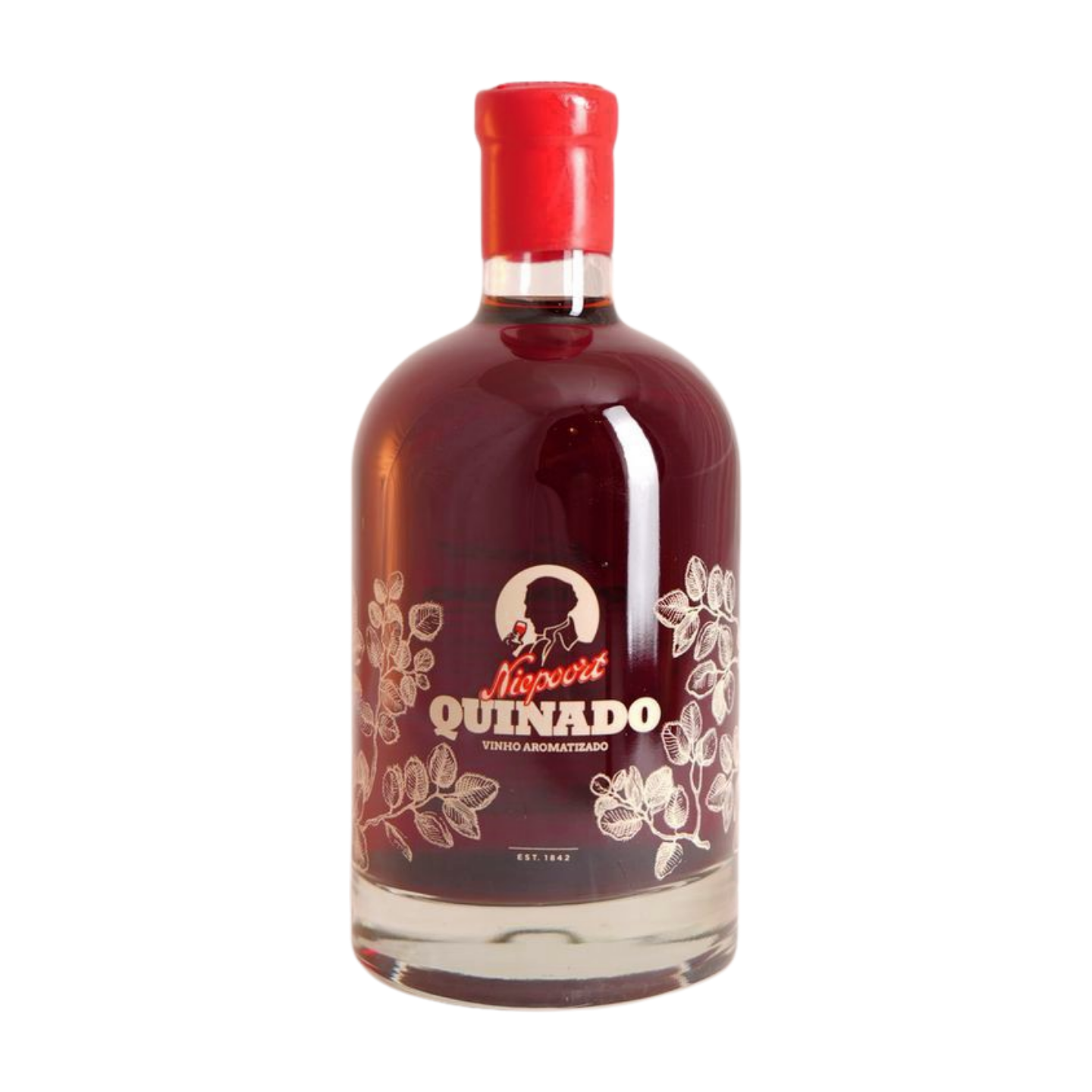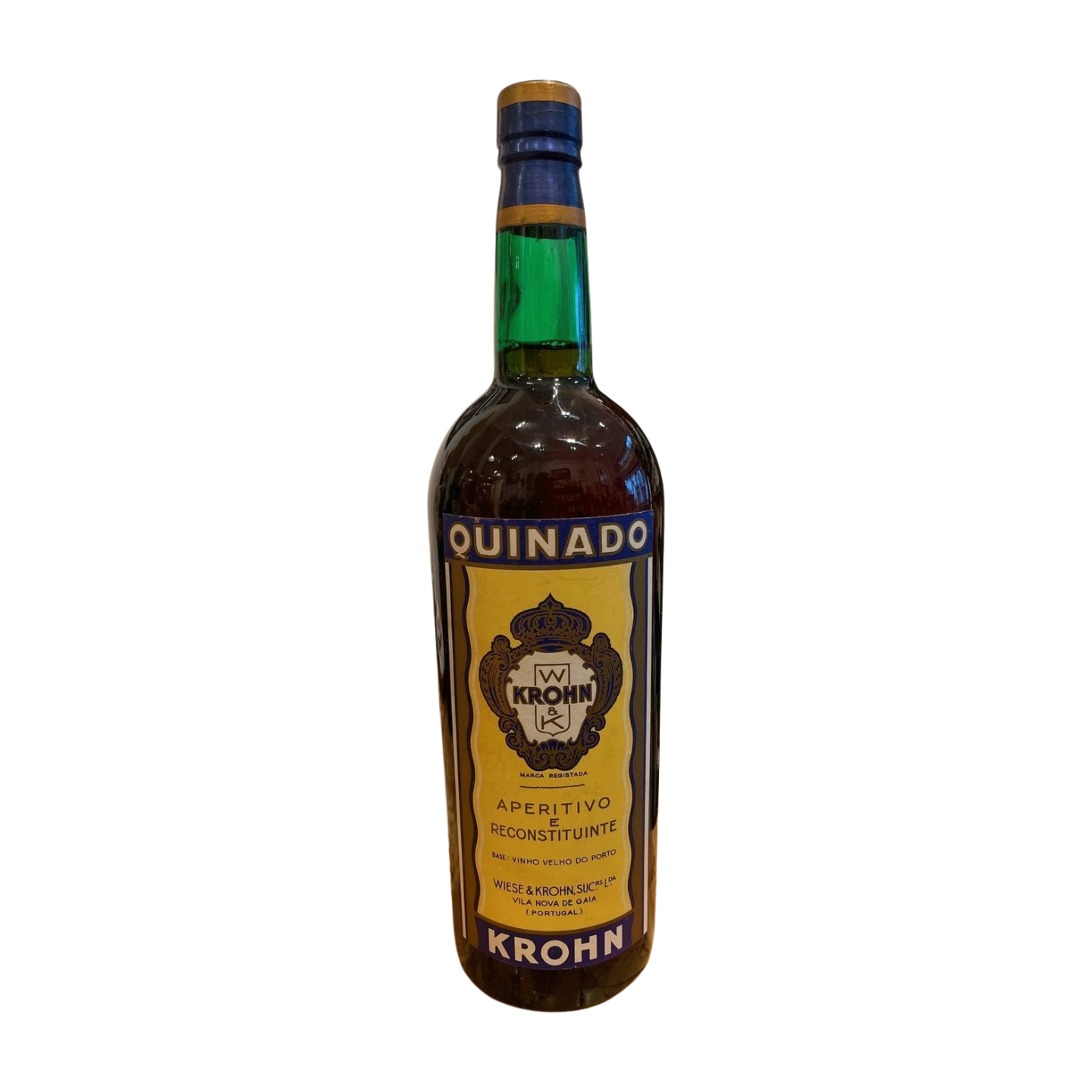Amaro
Amaro, the Italian bitter liqueur, has a rich history rooted in ancient medicinal practices. Originally created by monks, pharmacists, and alchemists as a medicinal tonic, amaro evolved from a drug into a beloved digestif over the centuries. The tradition of crafting amaro is deeply intertwined with Italy's distillation heritage, which dates back to early pharmacological practices.
The process of making amaro typically begins with the careful selection of botanicals, which can include herbs, spices, roots, flowers, and other plant materials. These ingredients are then subjected to one or more extraction methods to infuse their flavors and properties into the base spirit.
The most common method for producing amaro is maceration or infusion. In this process, the chosen botanicals are steeped in a neutral alcohol or brandy base for an extended period, often several weeks or even months. This allows the alcohol to extract the essential oils, flavors, and bitter compounds from the botanicals.
Some producers employ additional techniques to enhance the extraction process. For instance, percolation involves passing hot water or alcohol over the botanicals placed on a filter, which can expedite the extraction but may affect the original aromas due to high temperatures. Another method is distillation, where an alcoholic infusion of botanicals is distilled to create a more refined and concentrated essence.
After the extraction phase, the infused liquid is typically blended with a mixture of water, alcohol, and sugar to achieve the desired flavor profile and alcohol content. The sweetening step helps balance the bitterness and creates a more palatable liqueur.
Some amaro producers, like Amaro Montenegro, use a combination of these techniques. They may boil botanicals in water, macerate them in an alcoholic solution, and then distill the mixture. The resulting essences are then blended to create distinct flavor profiles before being combined with alcohol, water, and sugar.
The aging process can also play a role in amaro production, with some varieties being aged in wood barrels to develop additional complexity. The final product typically has an alcohol content ranging from 15% to 45% ABV.
It's worth noting that while traditional amaro production often involves lengthy maceration periods, some modern producers experiment with techniques like using ISI canisters or sous vide methods to accelerate the process. However, many artisanal producers still prefer the time-honored approach of allowing the ingredients to steep for extended periods to develop depth and complexity in their amari.
Today, Italy boasts the largest number of amaro producers globally, with countless regional variations and closely guarded family recipes passed down through generations. While amaro may no longer be considered a medicinal cure-all, it remains a beloved digestif and an integral part of Italian drinking culture.
